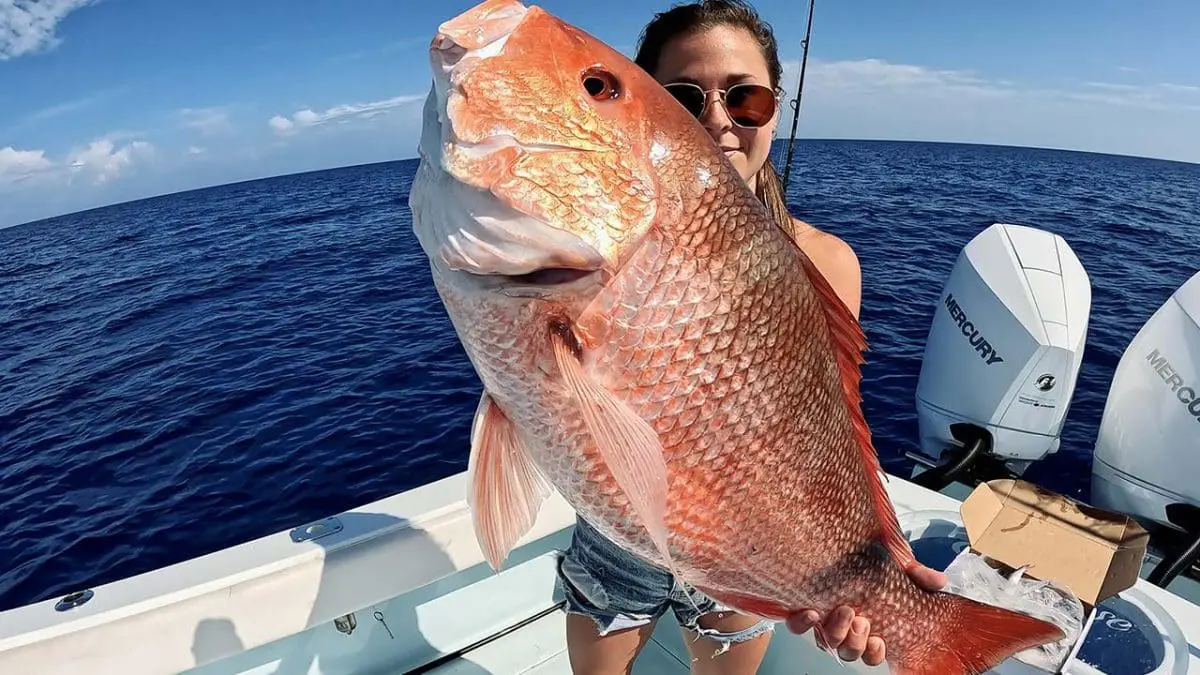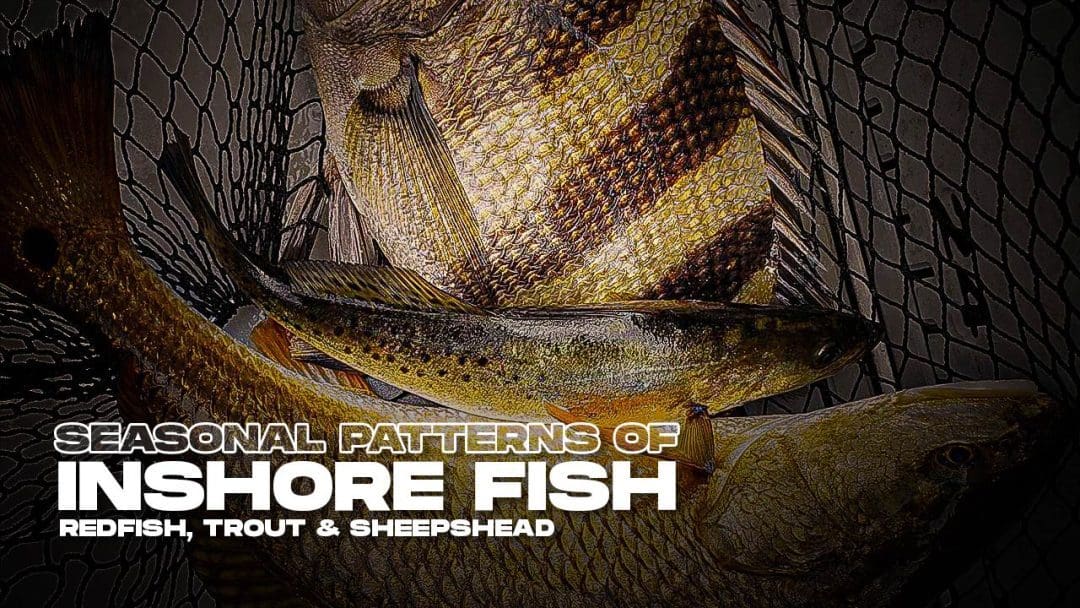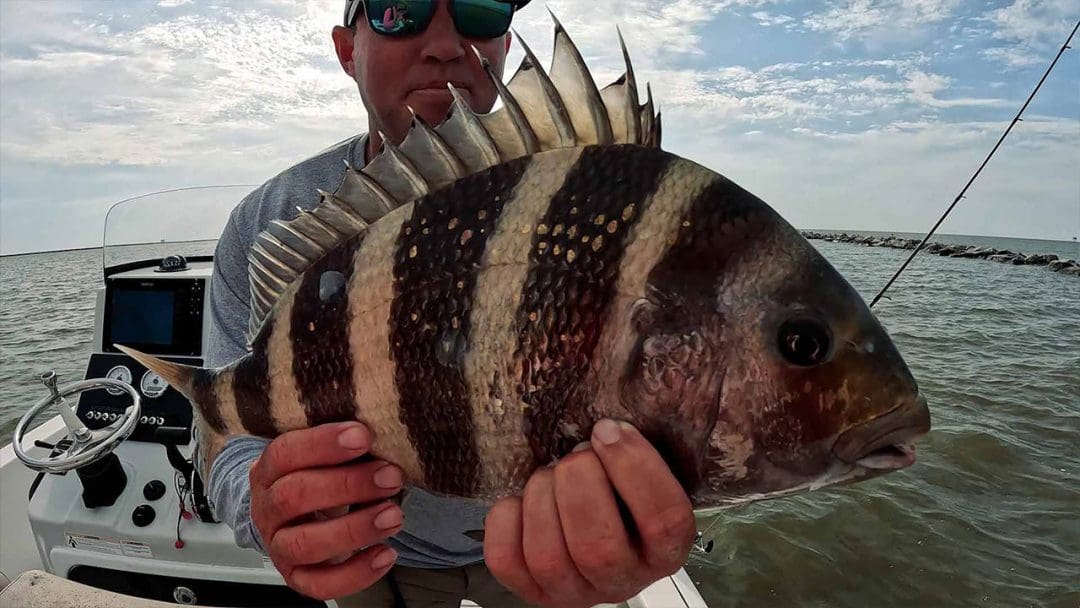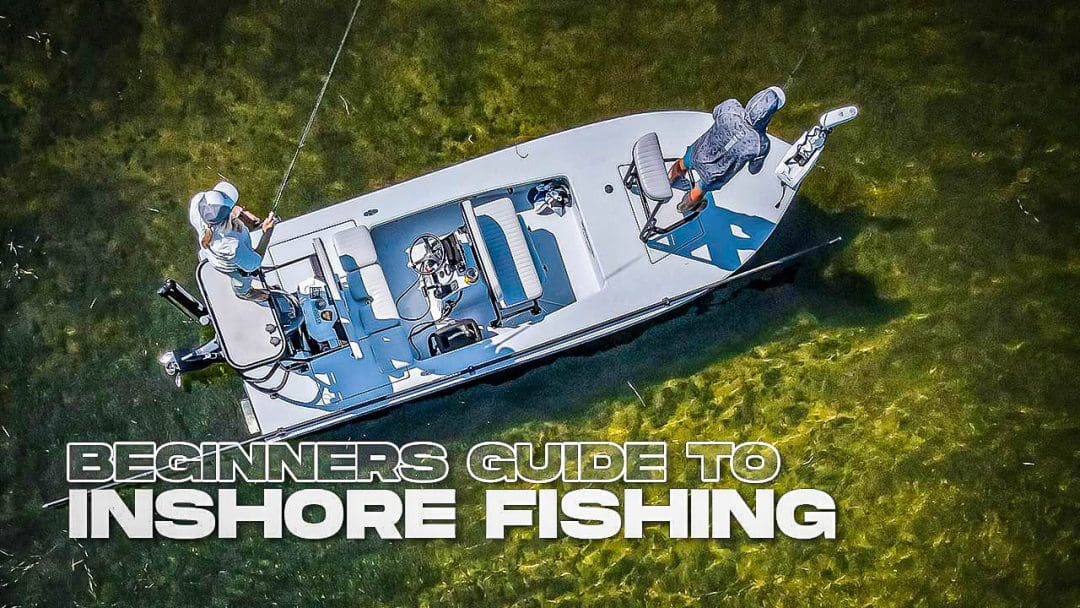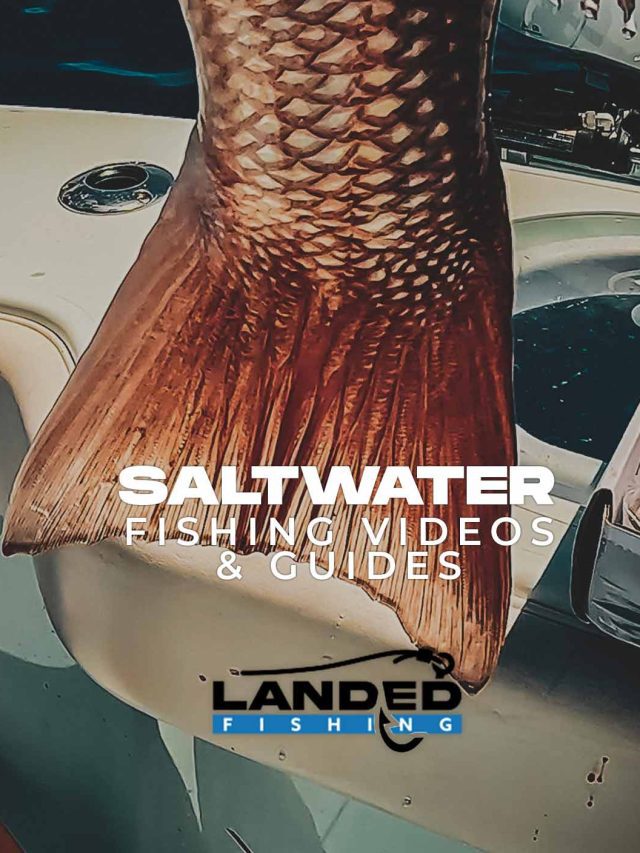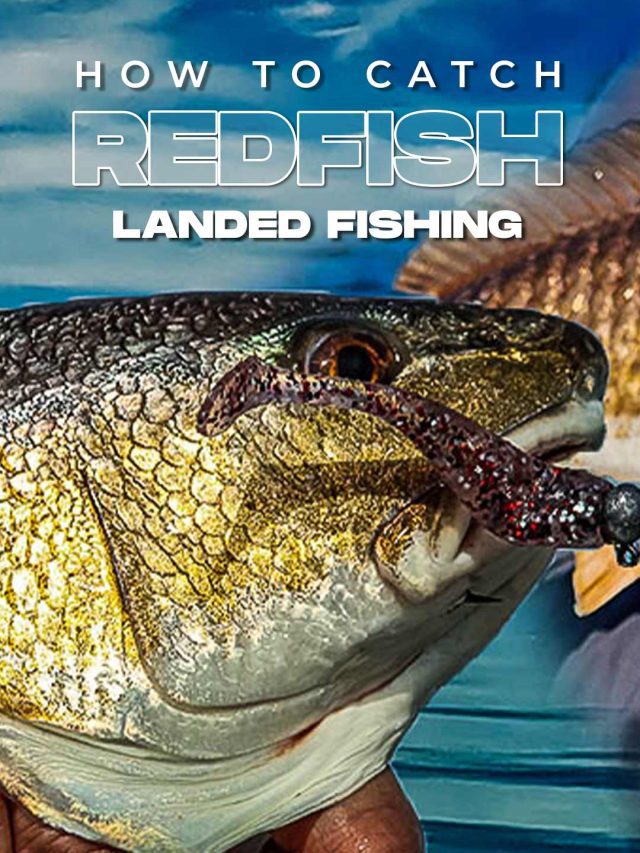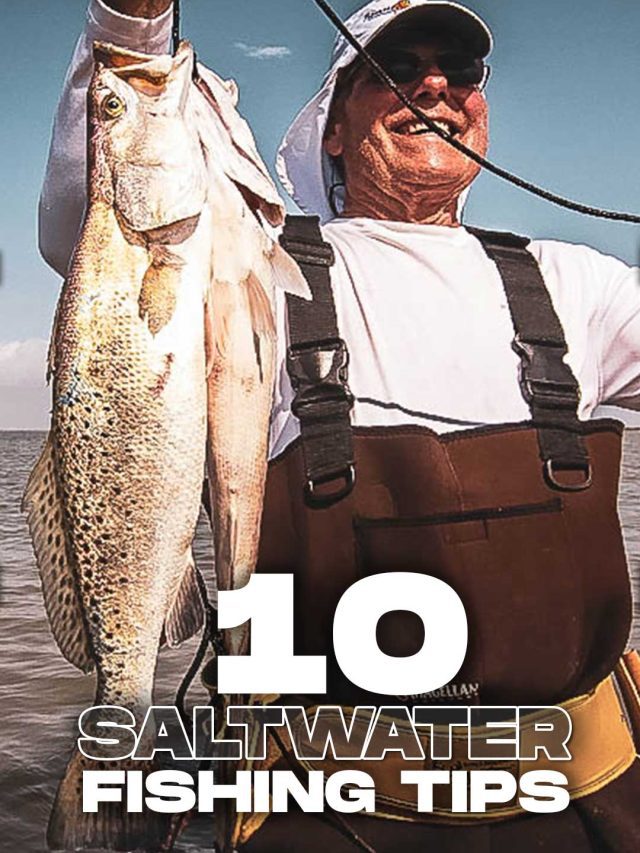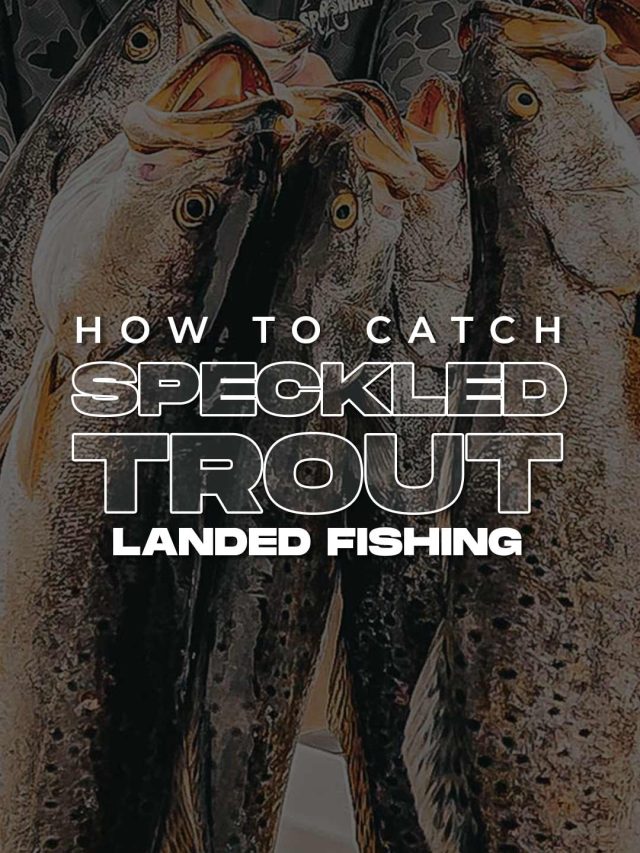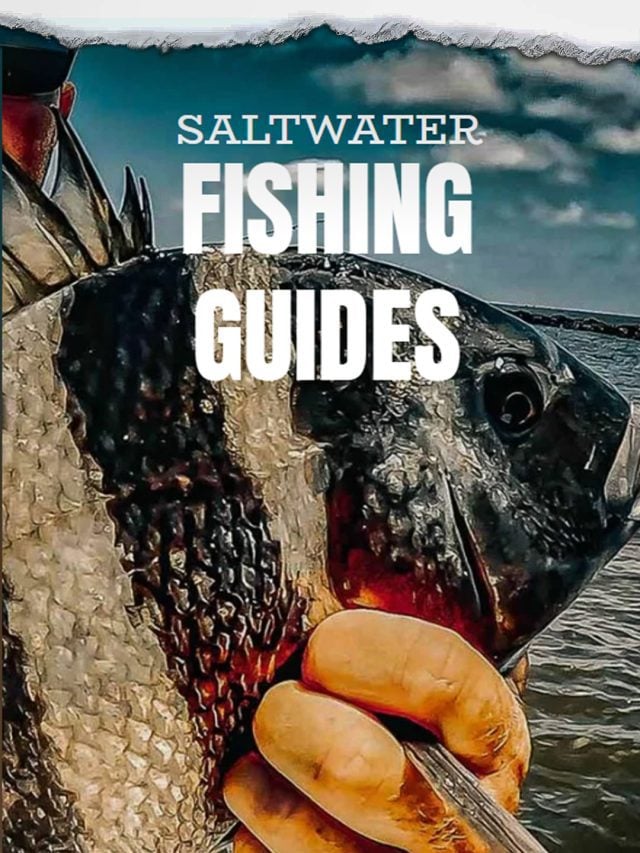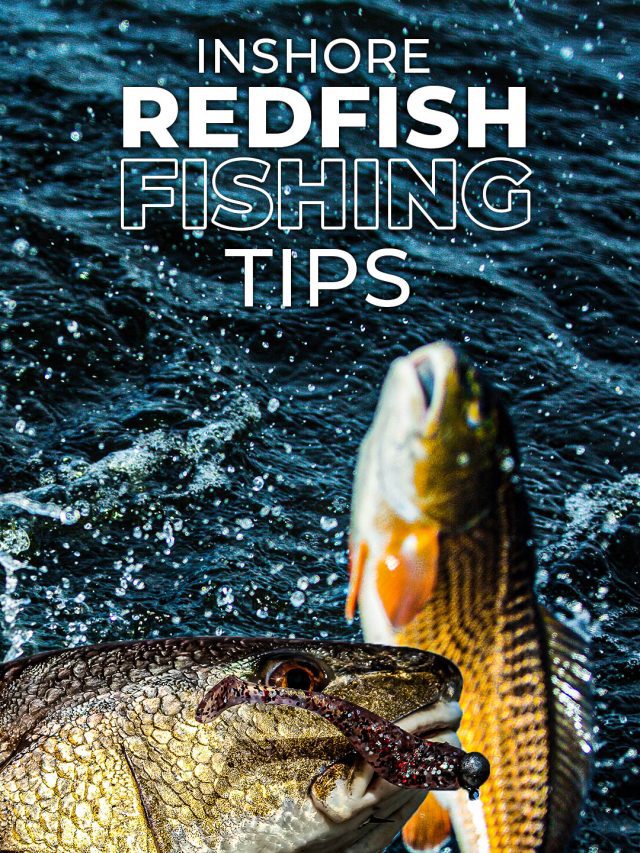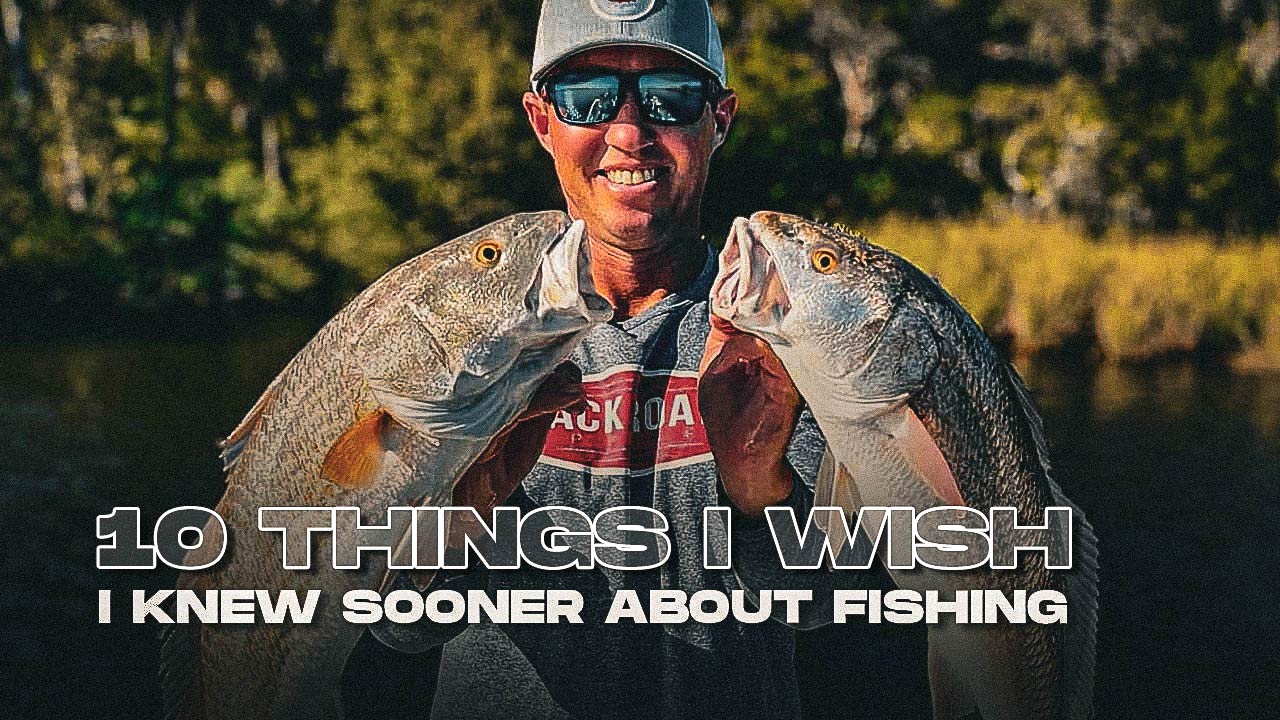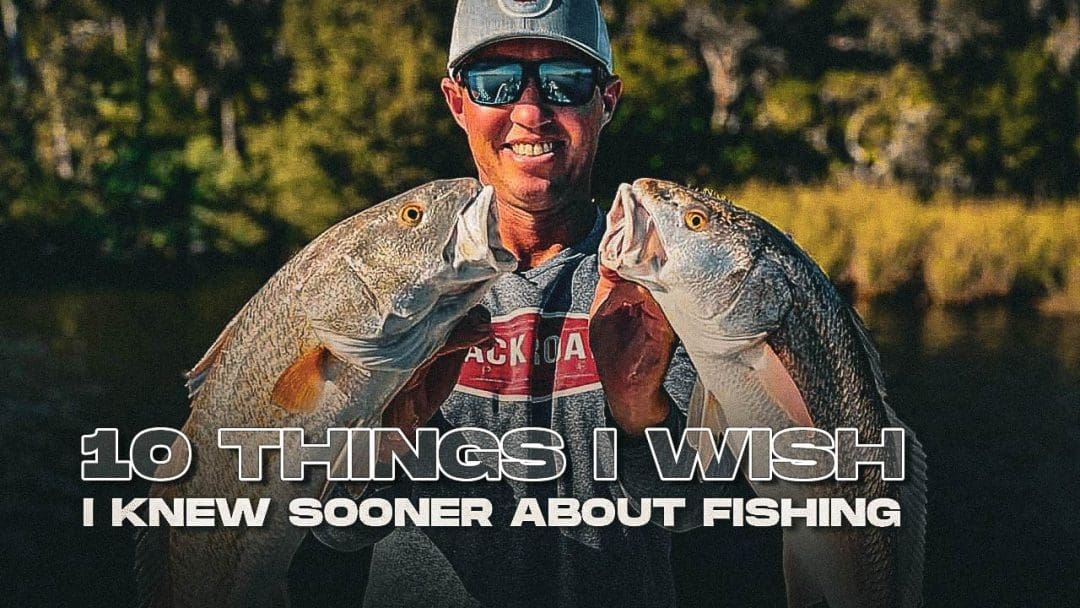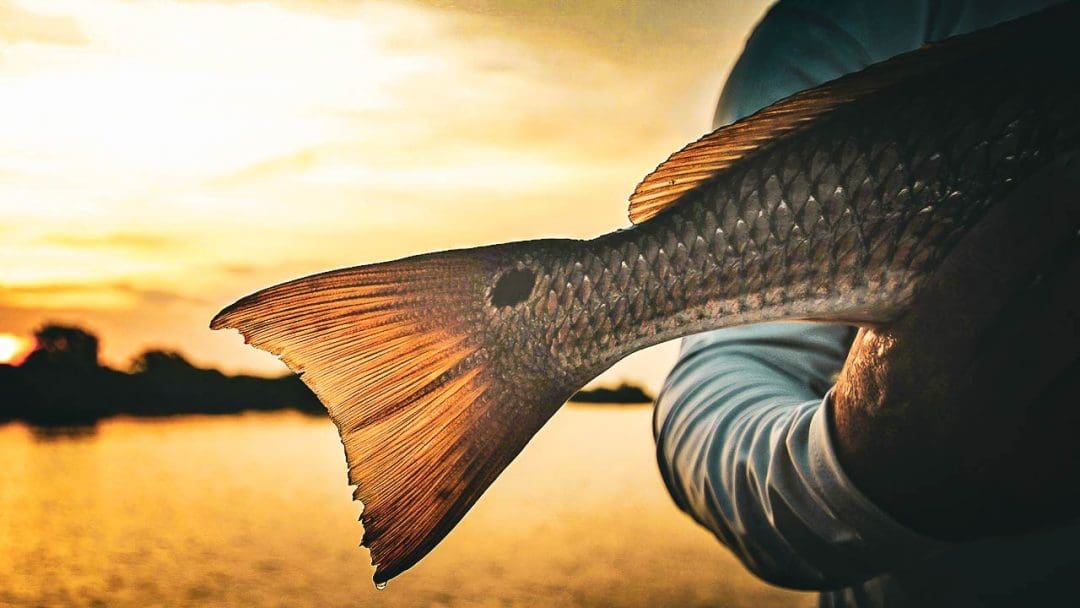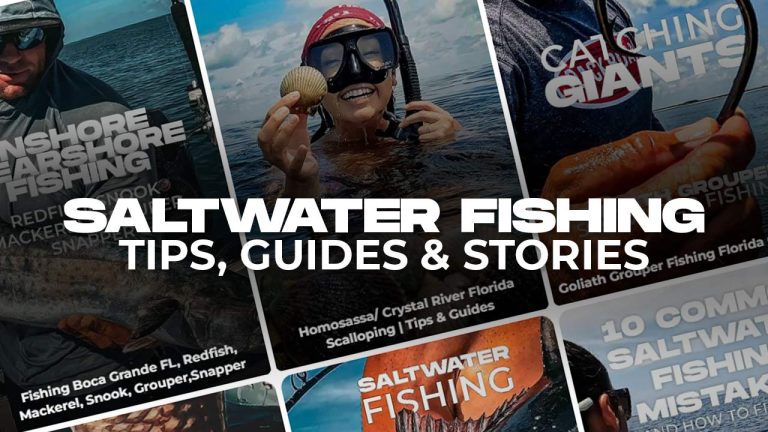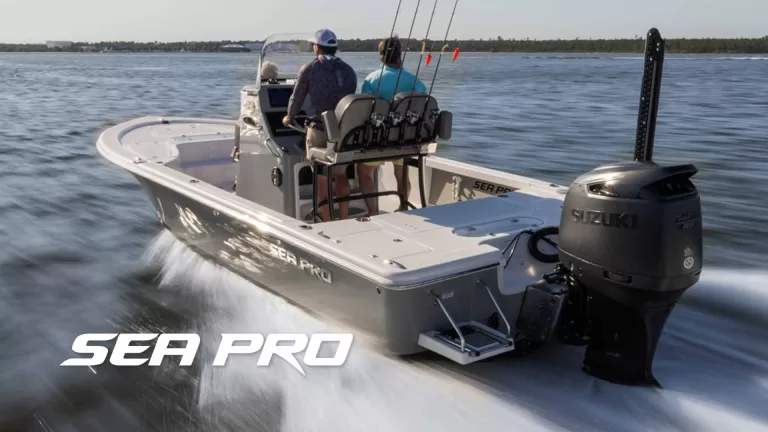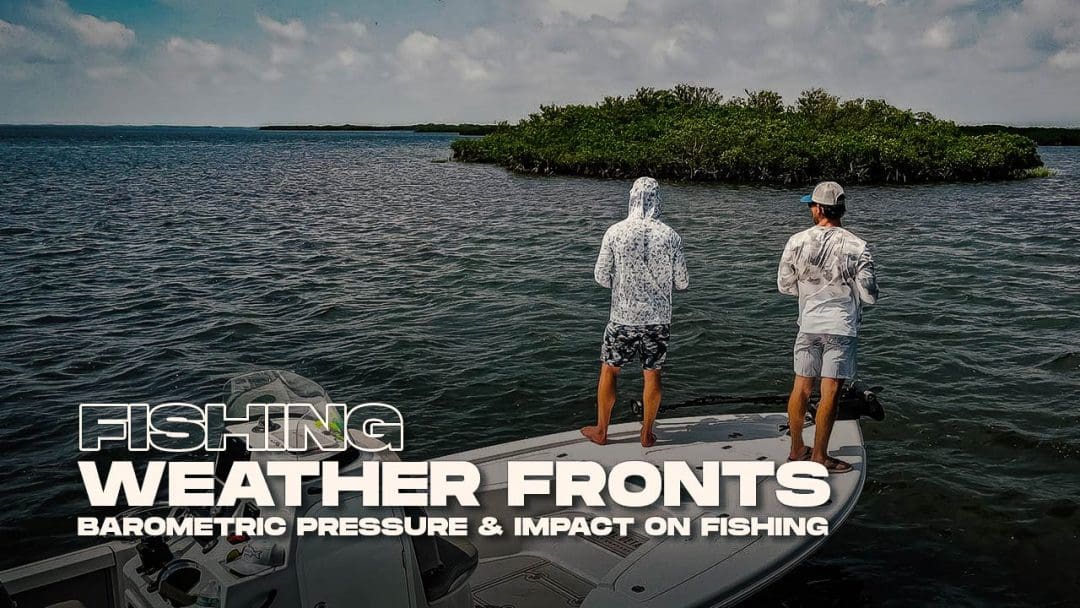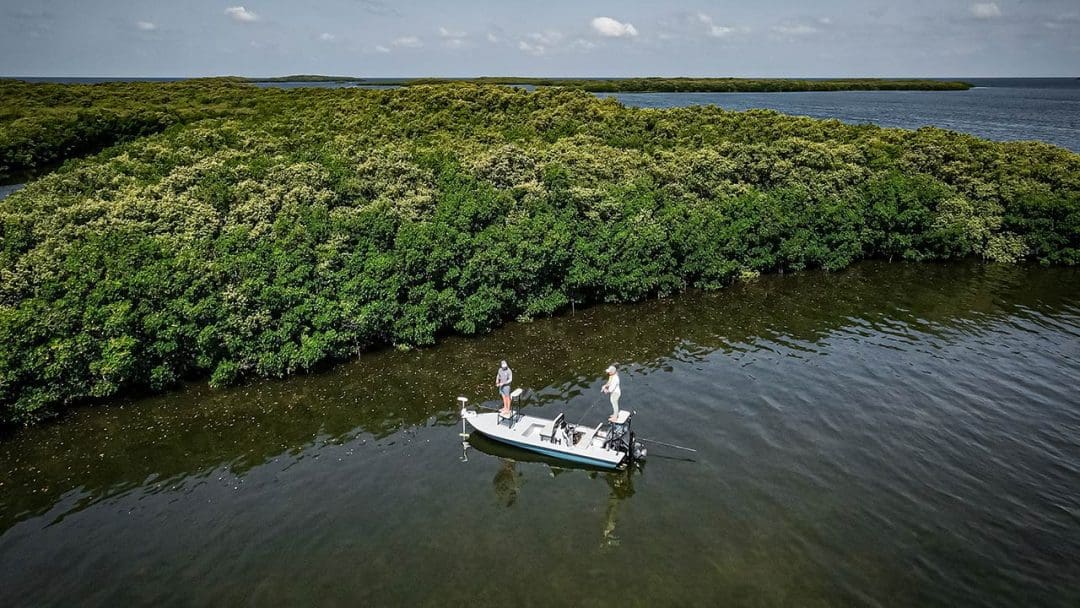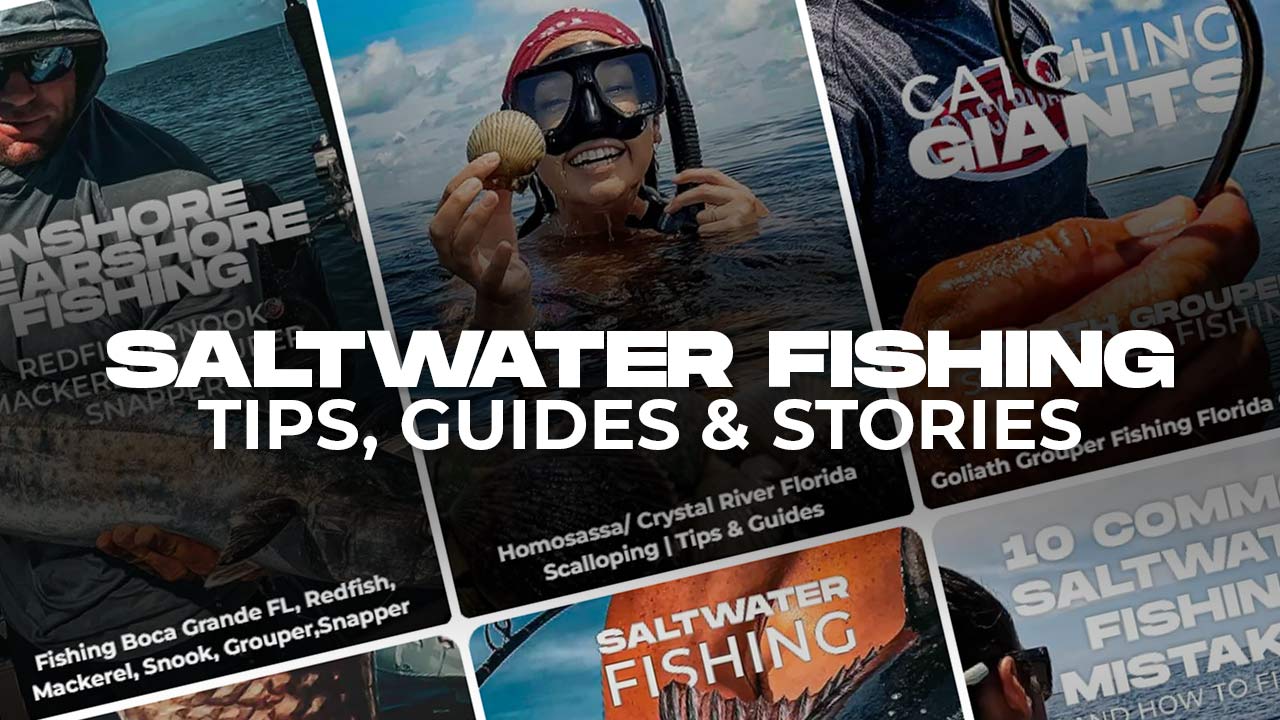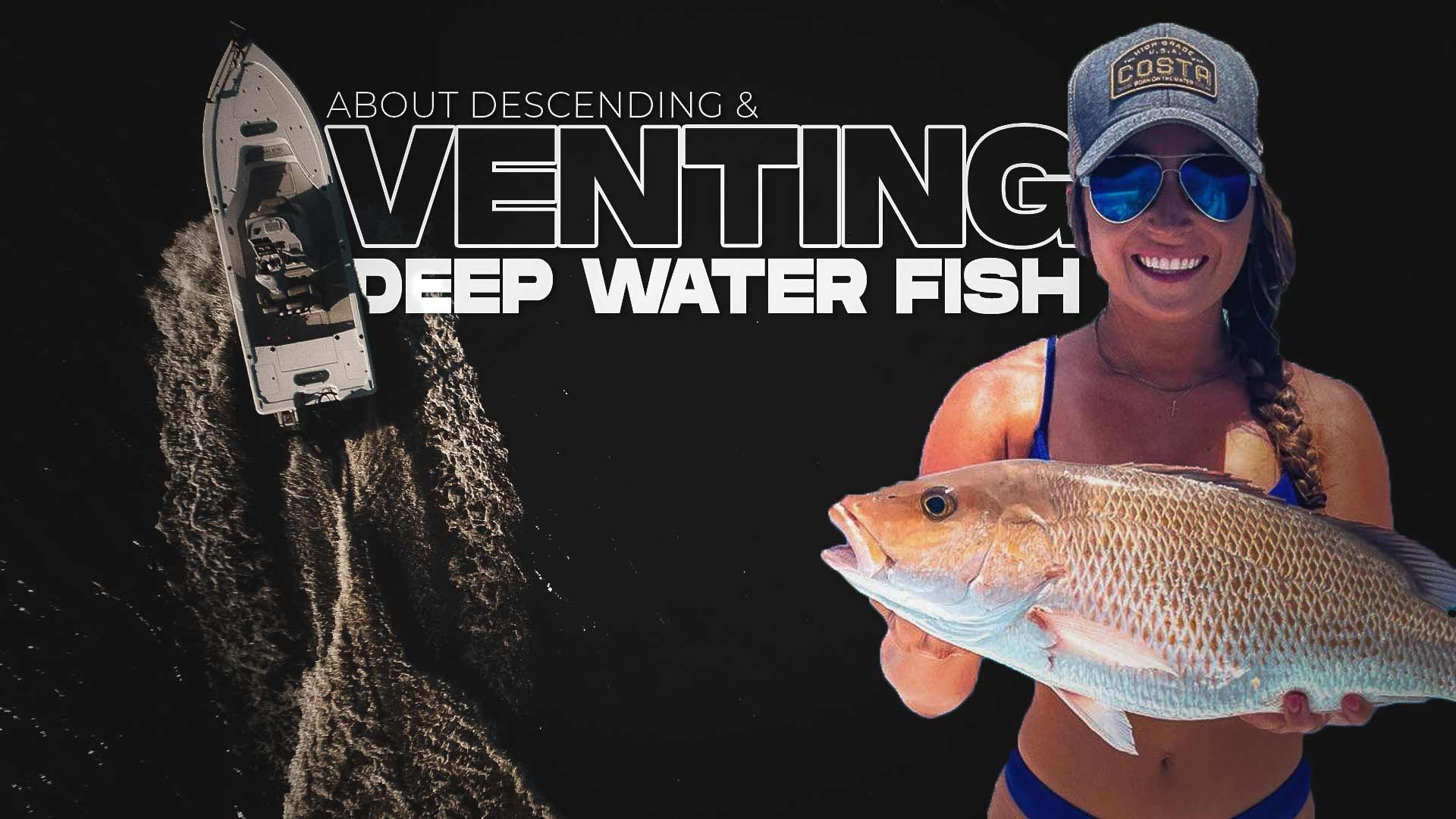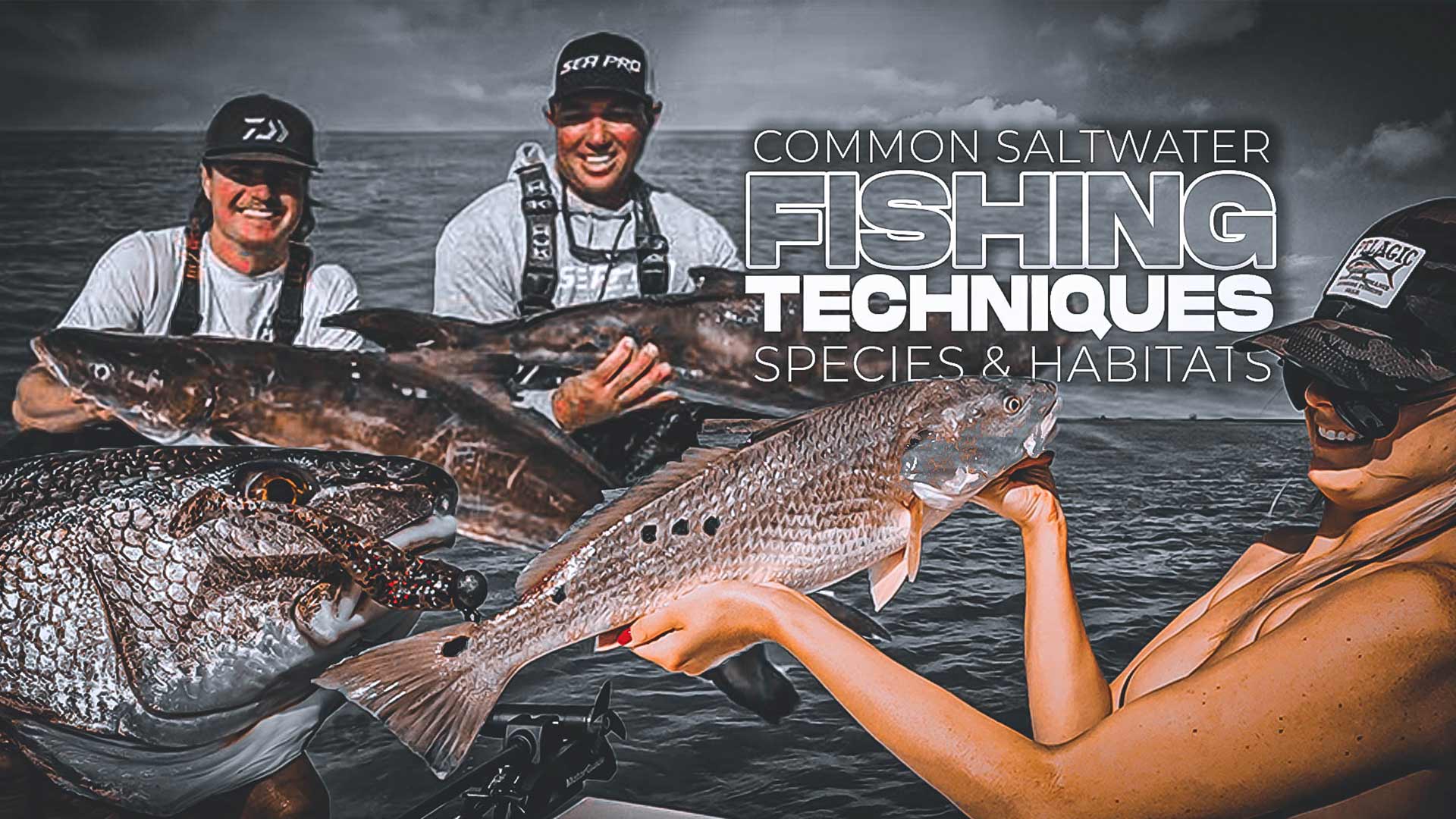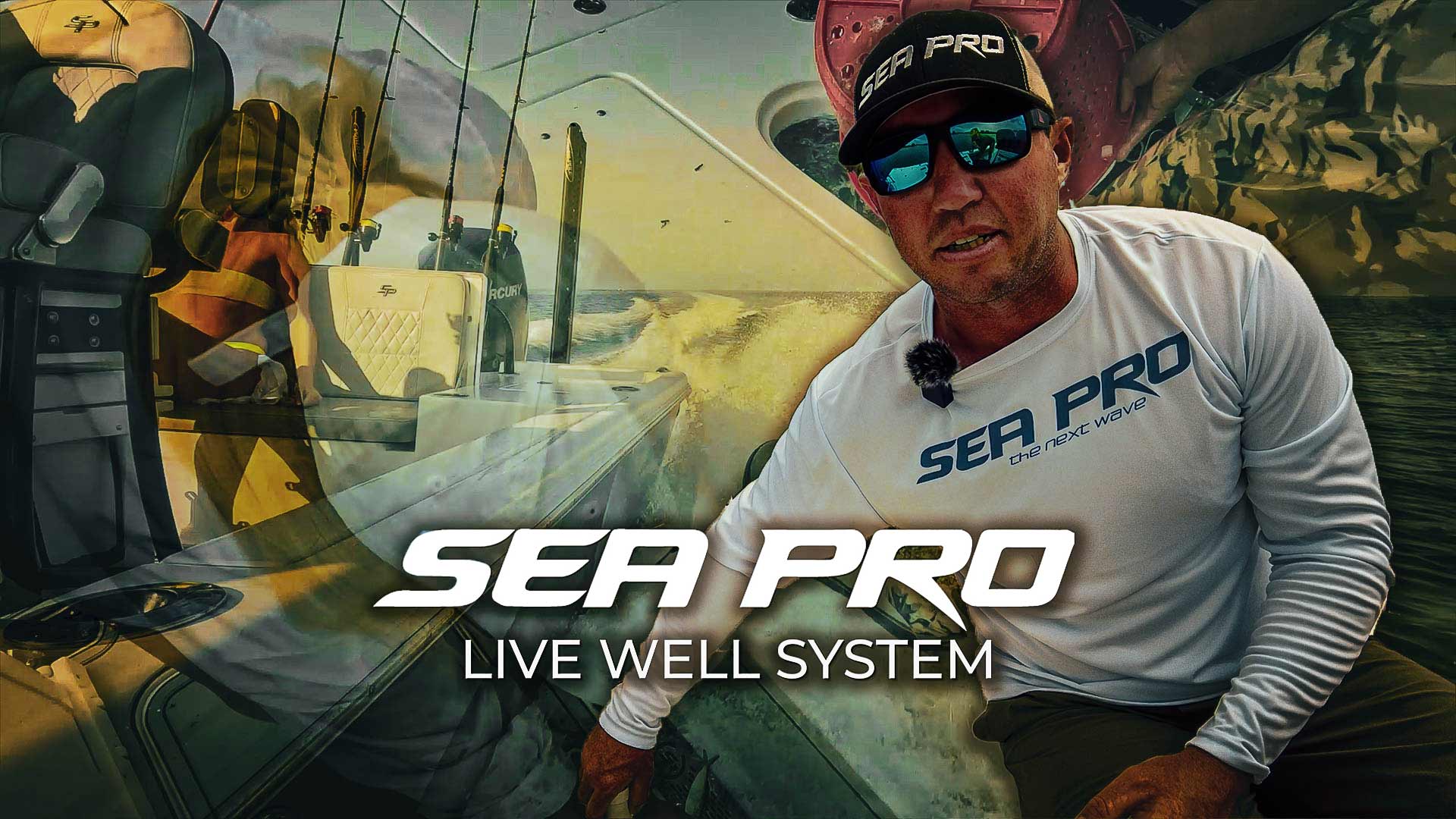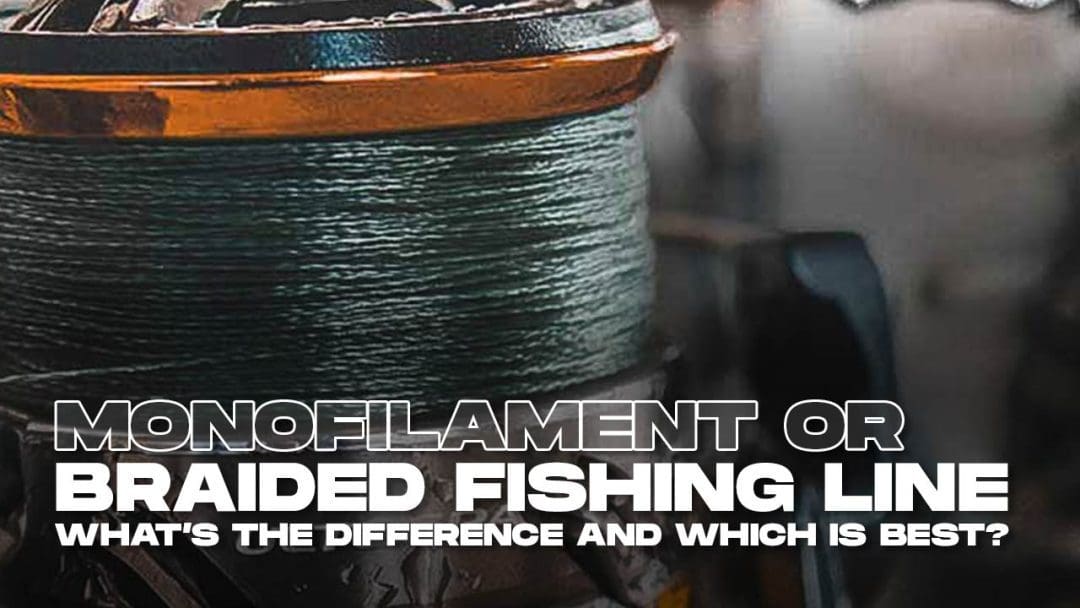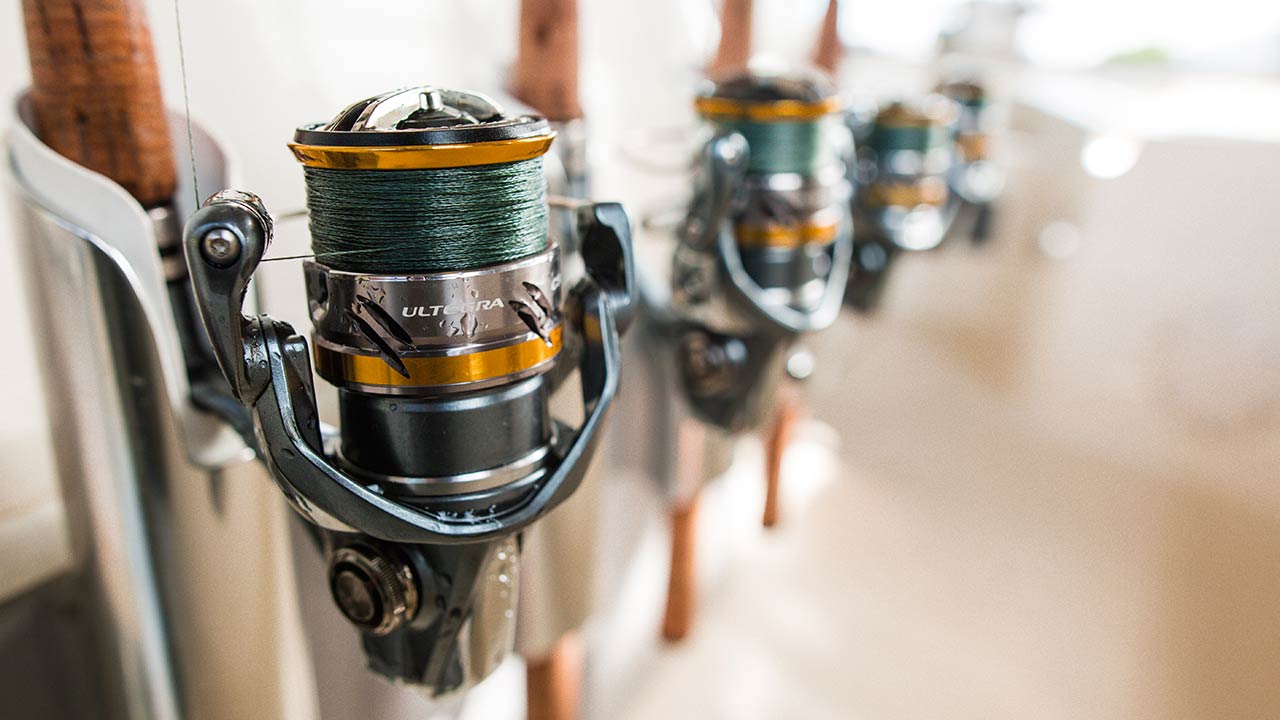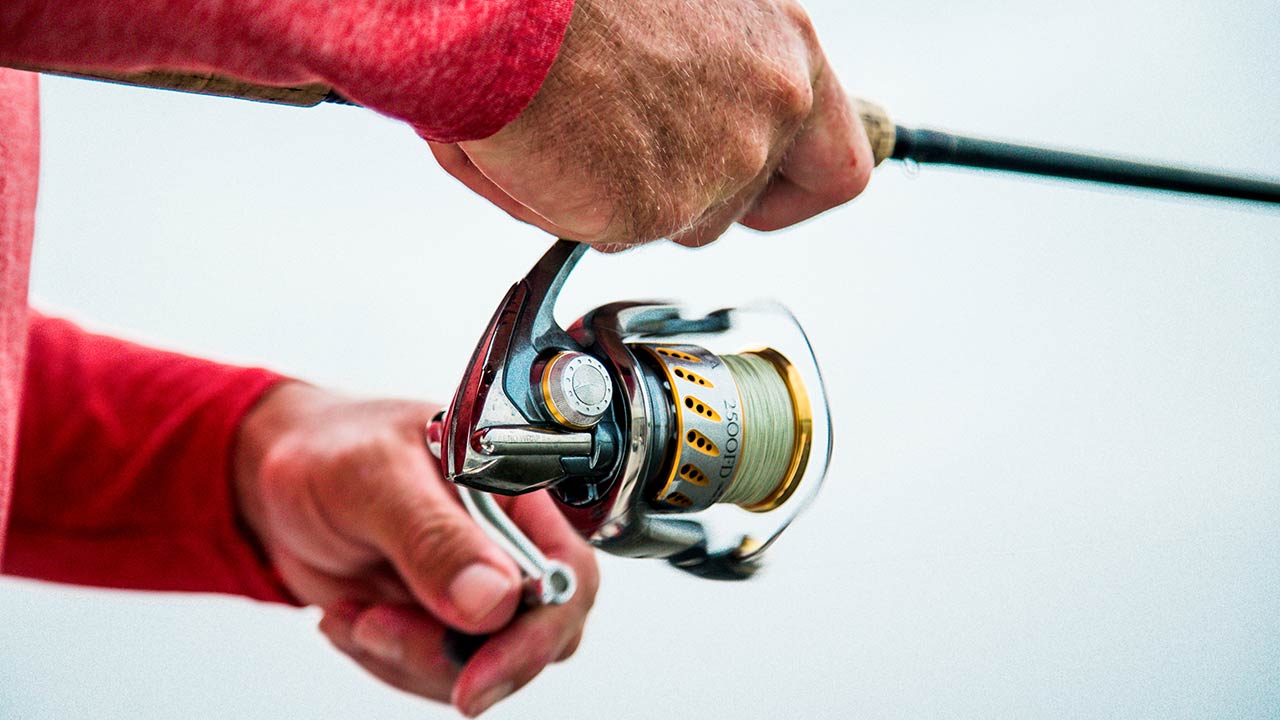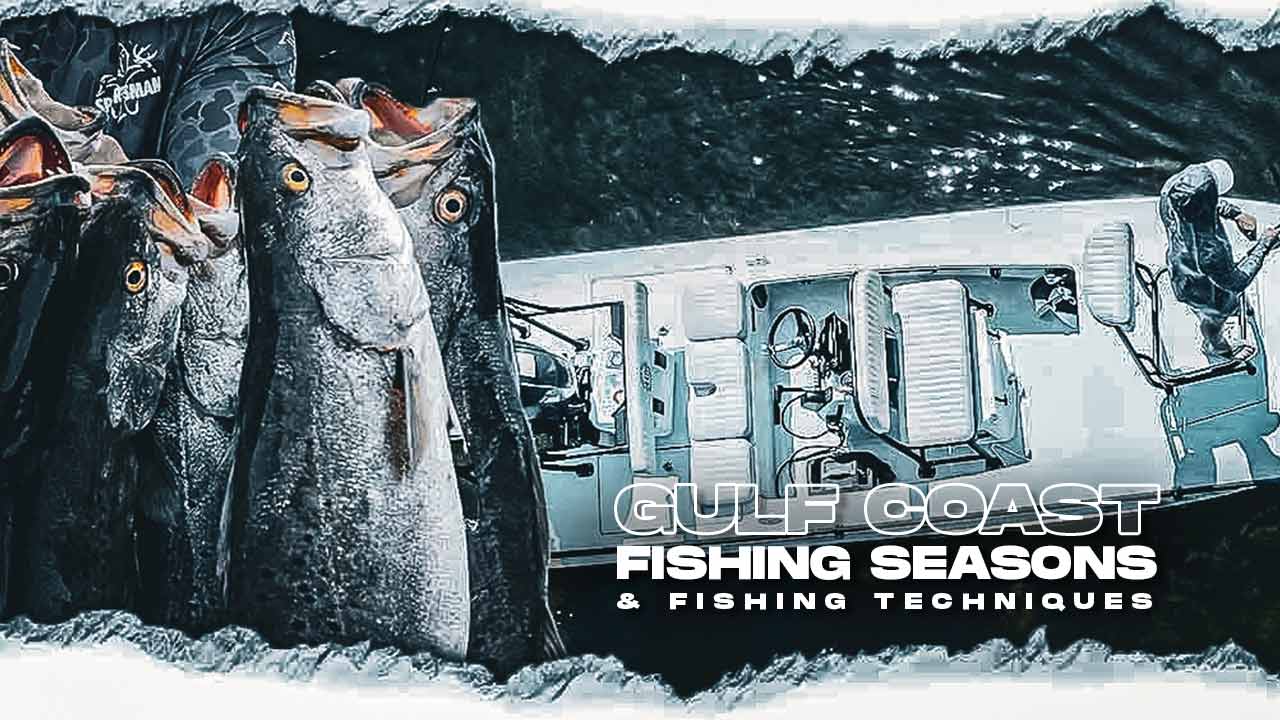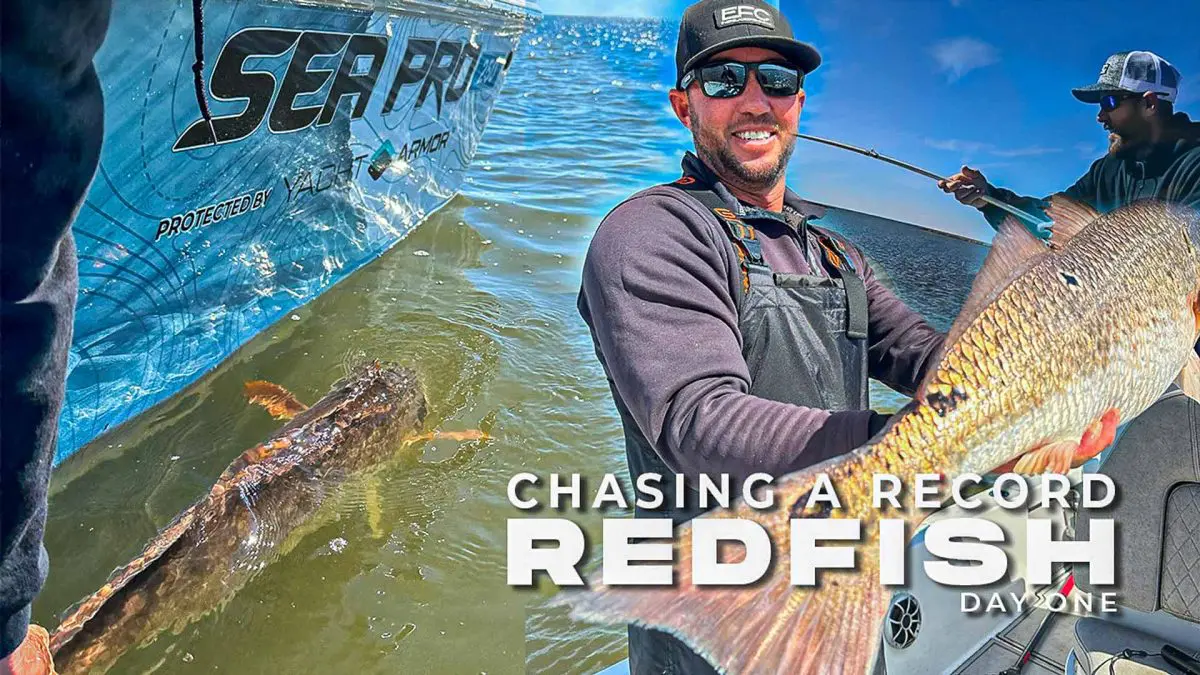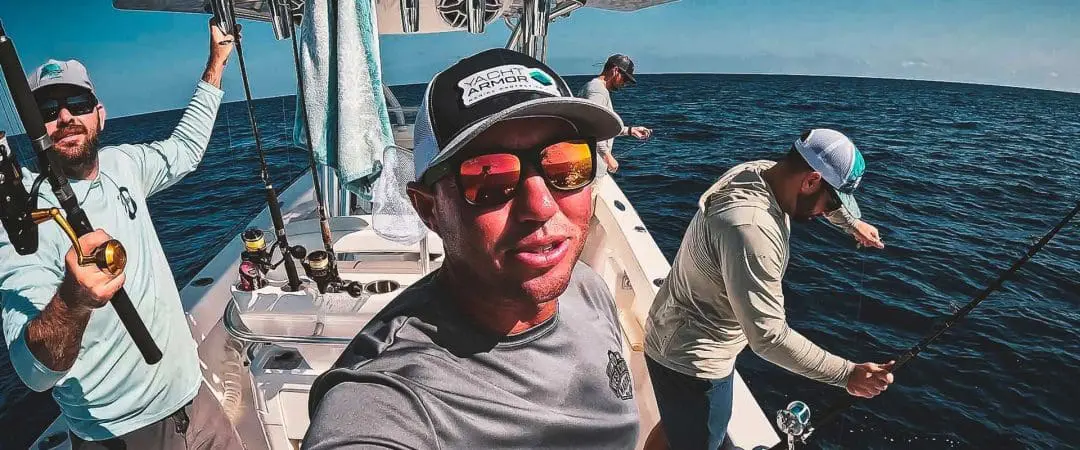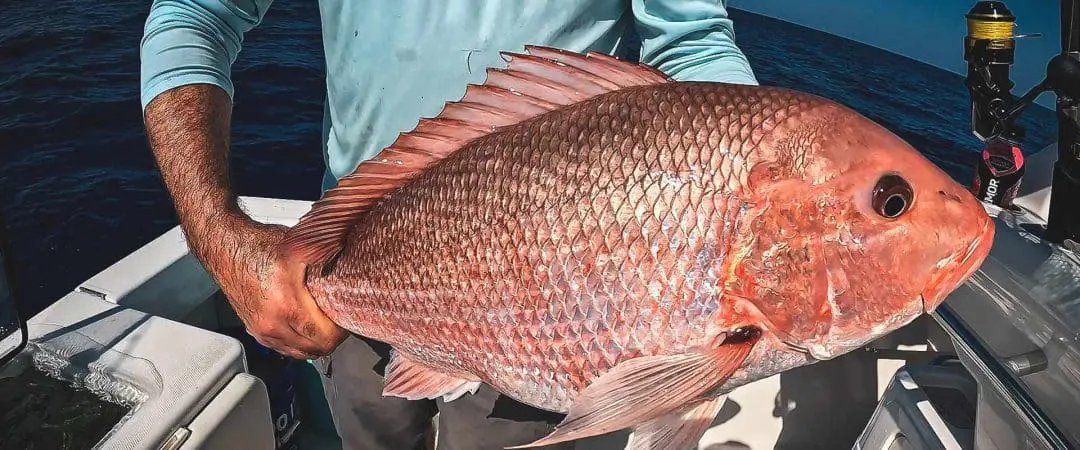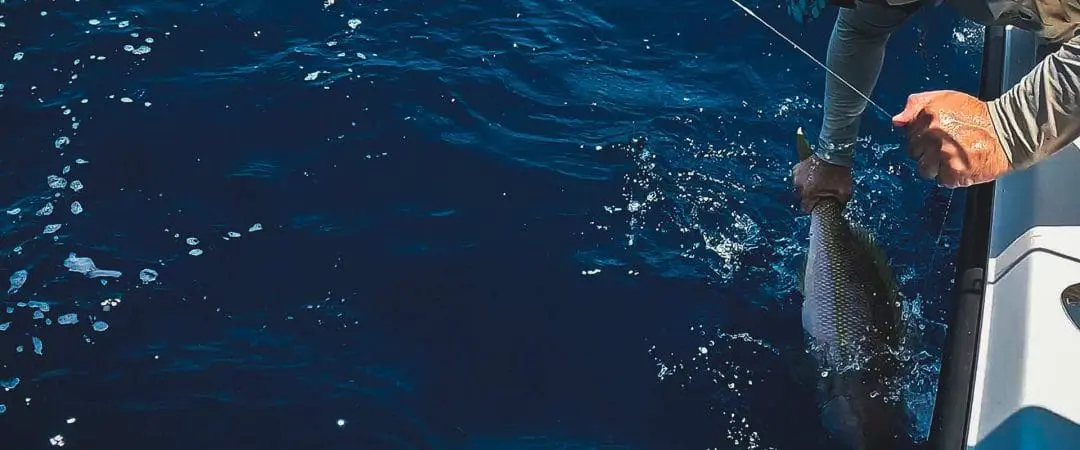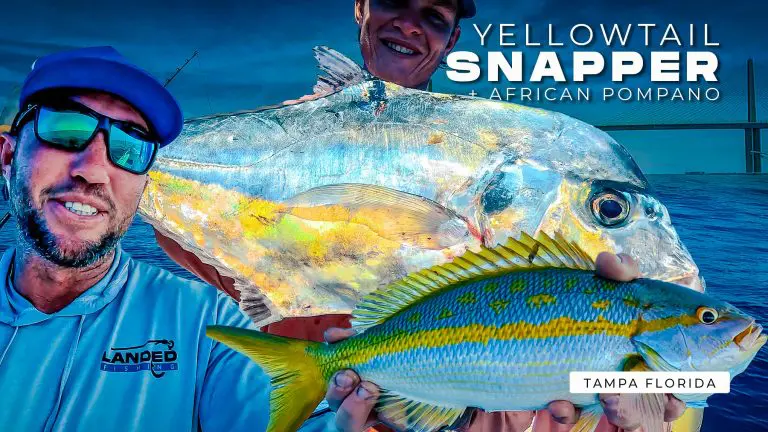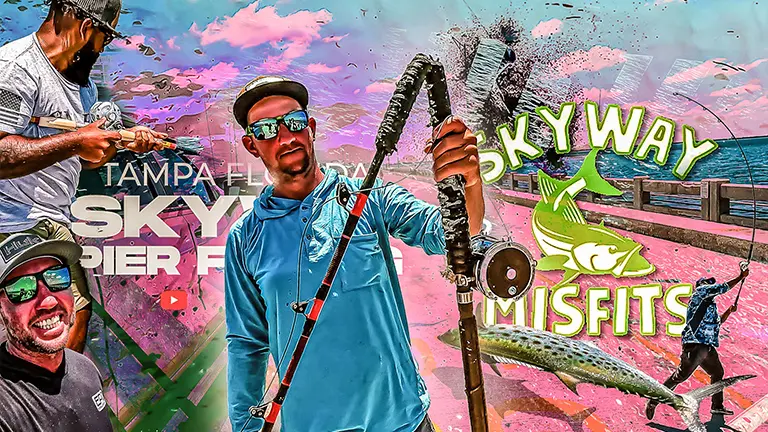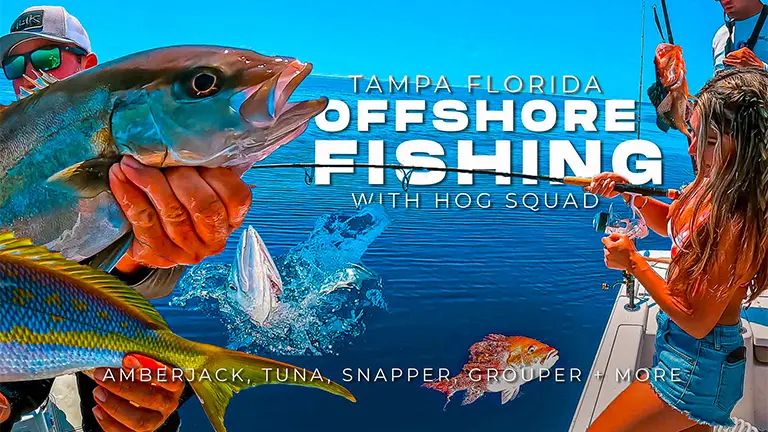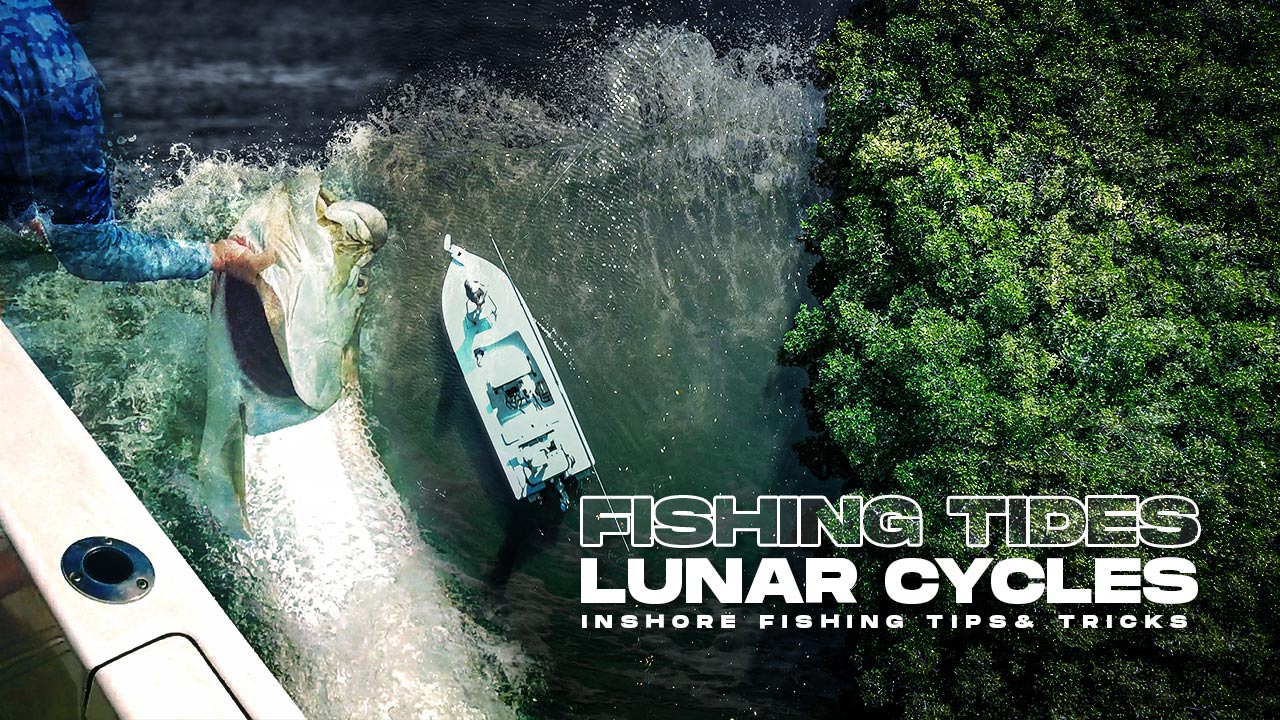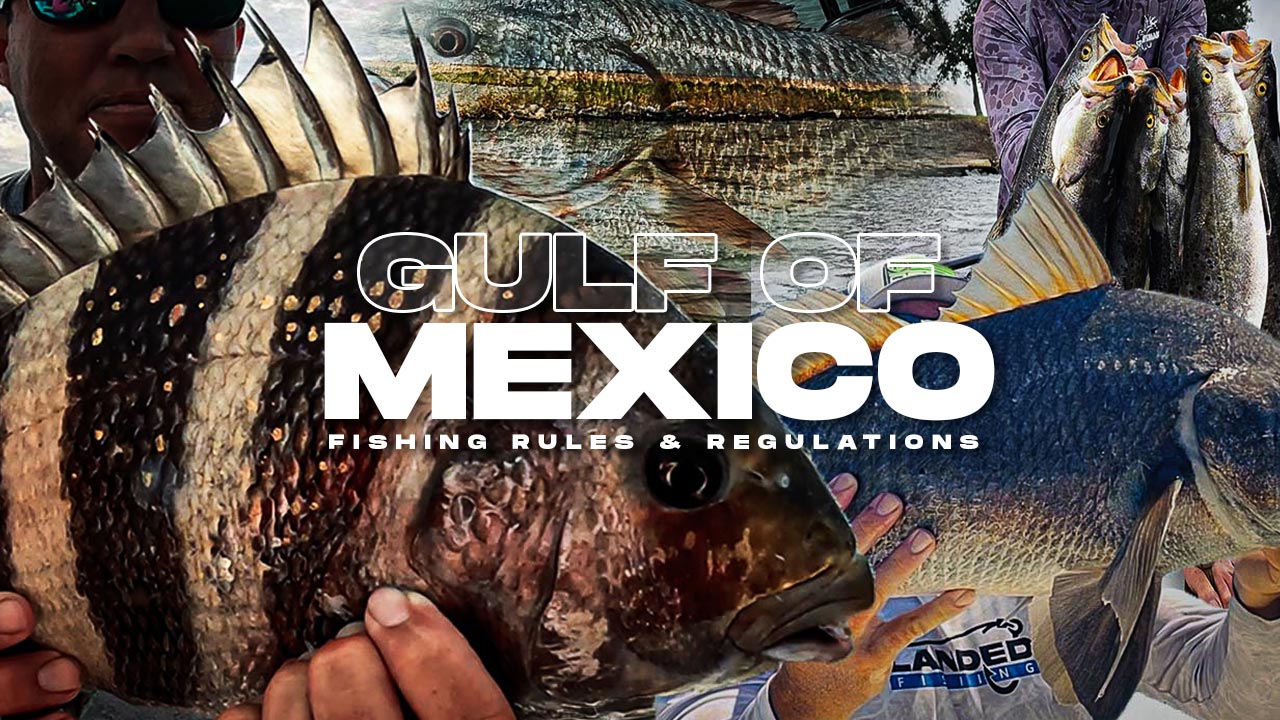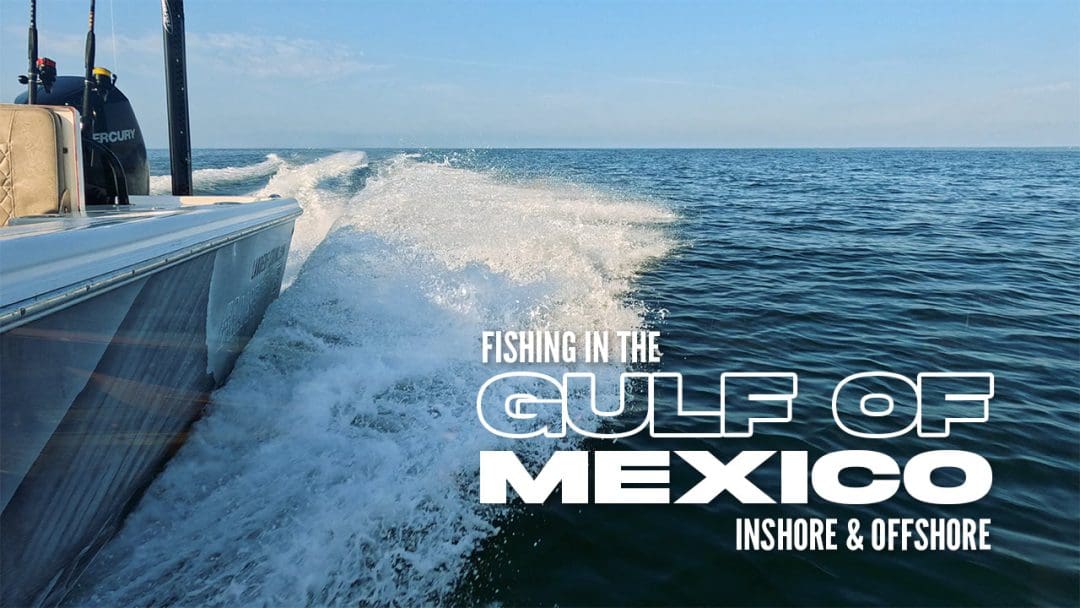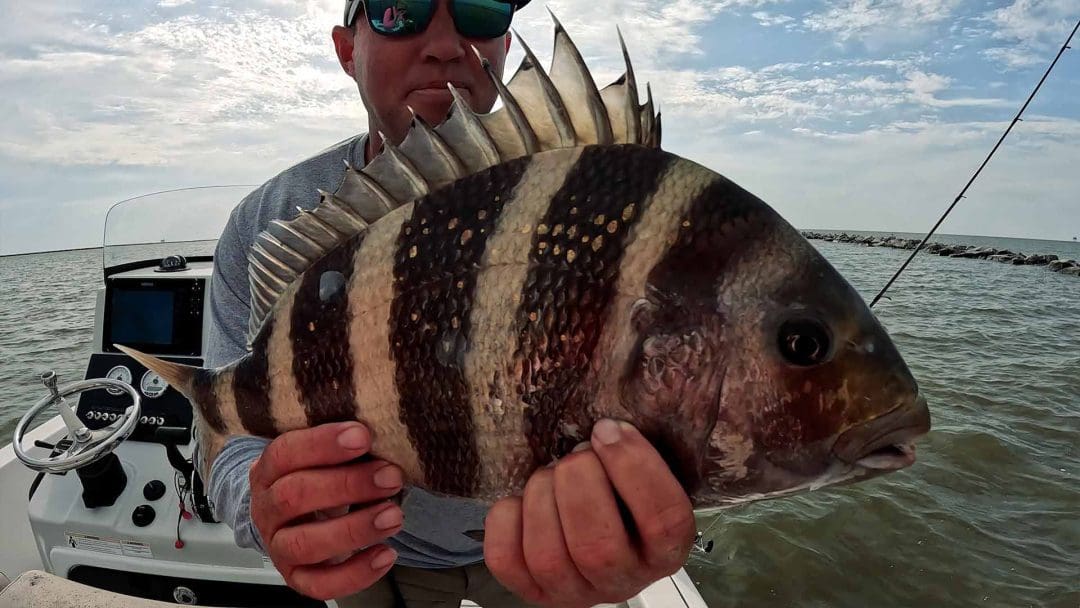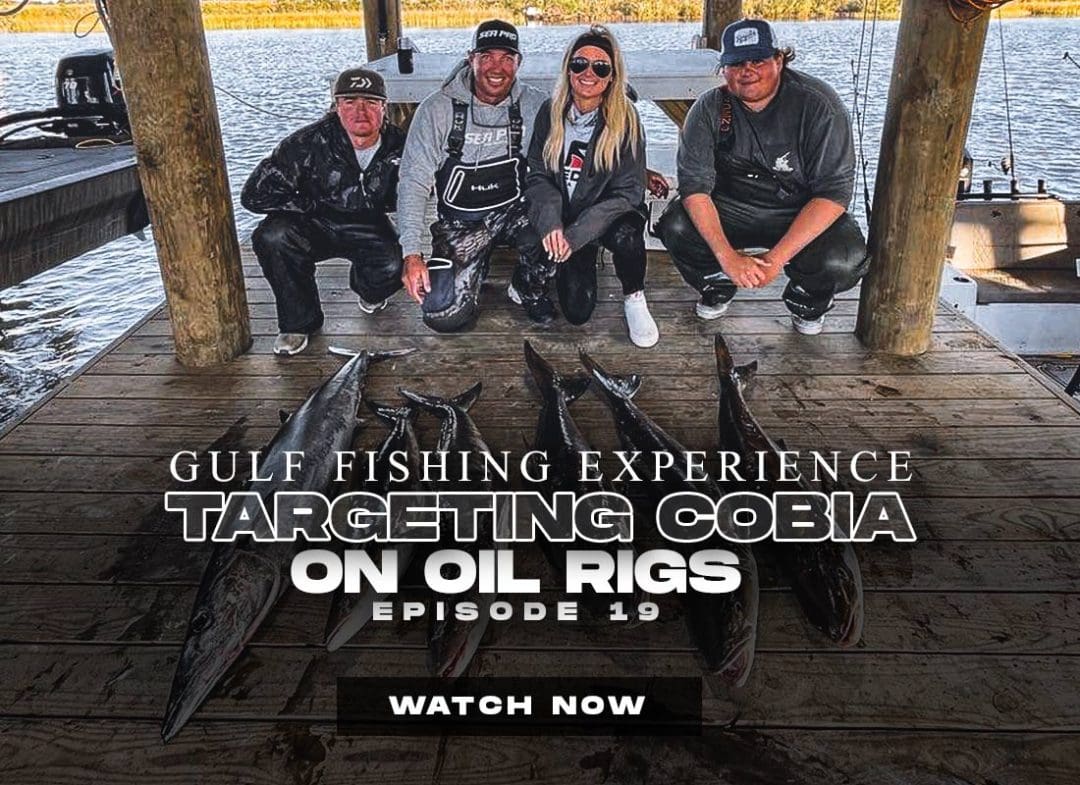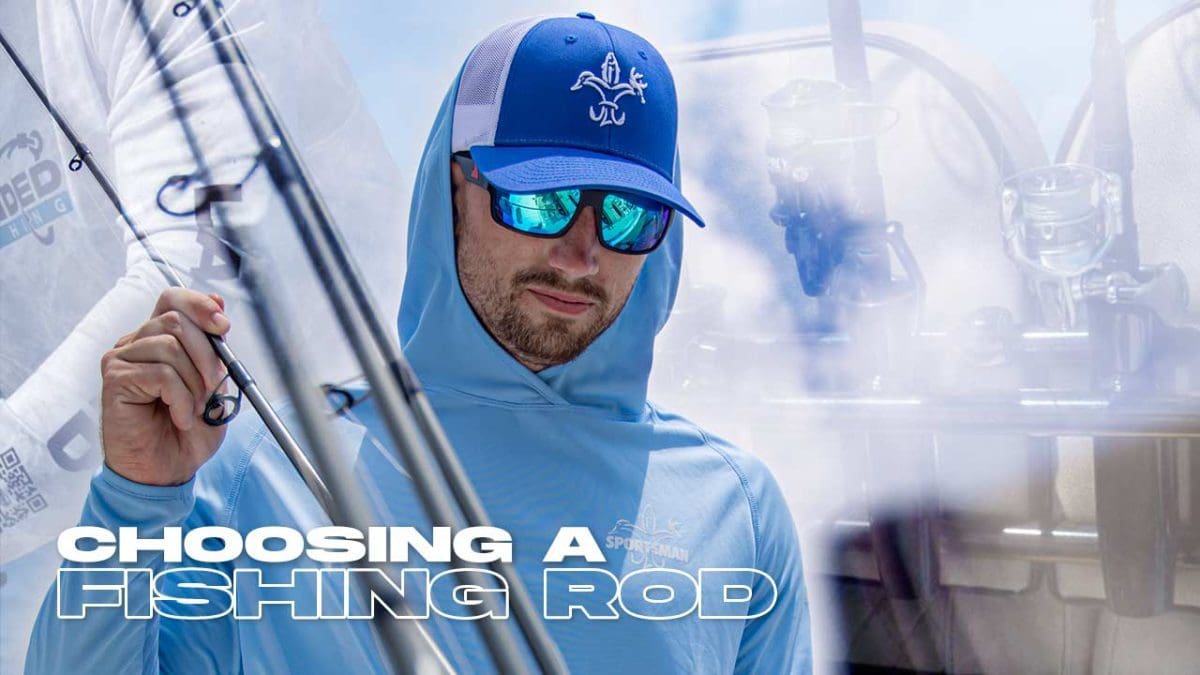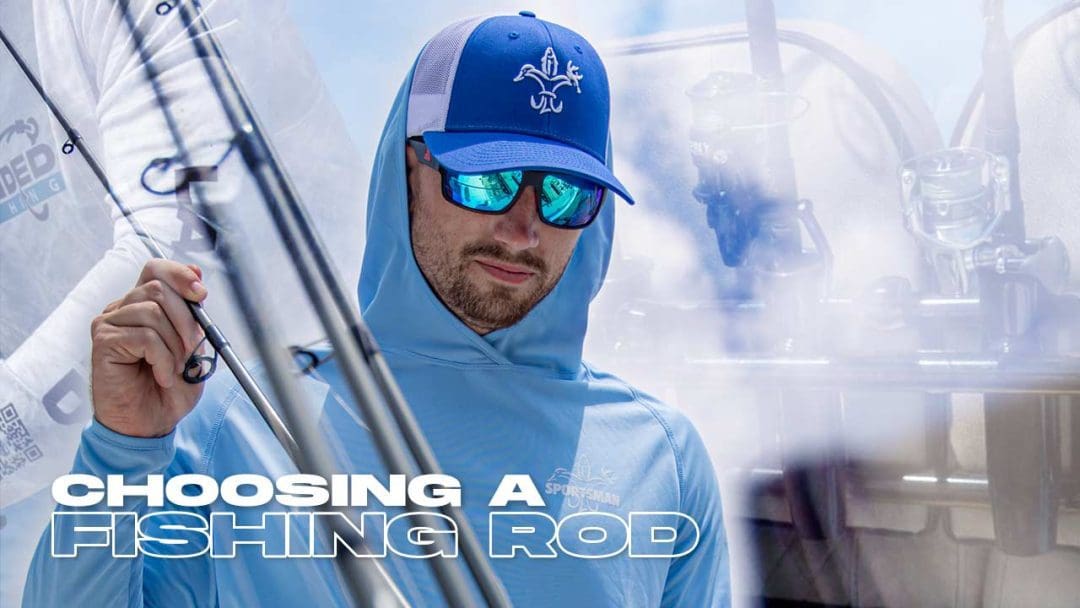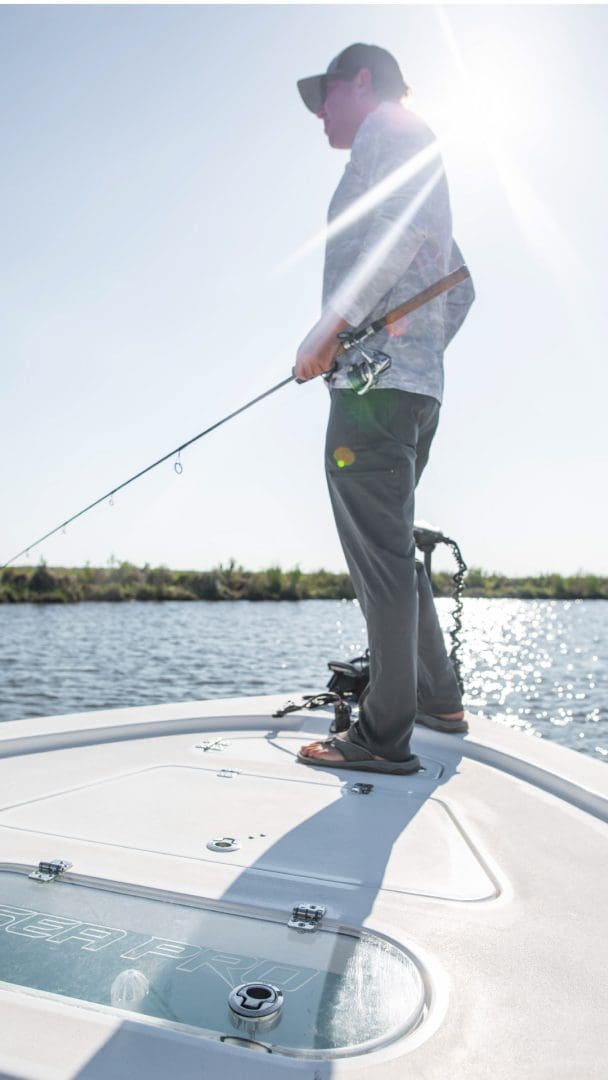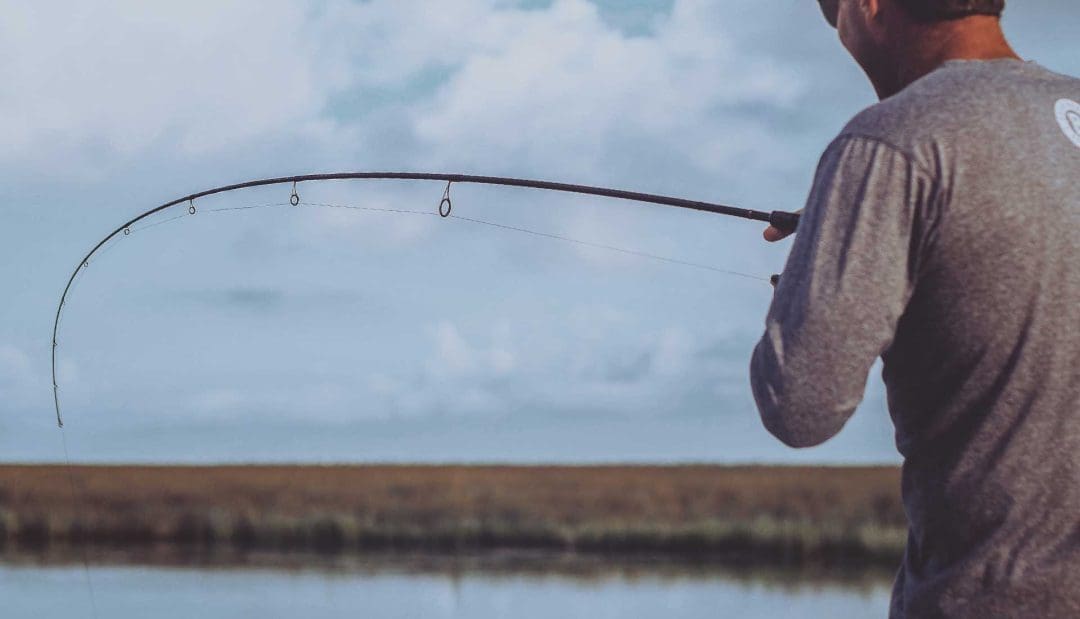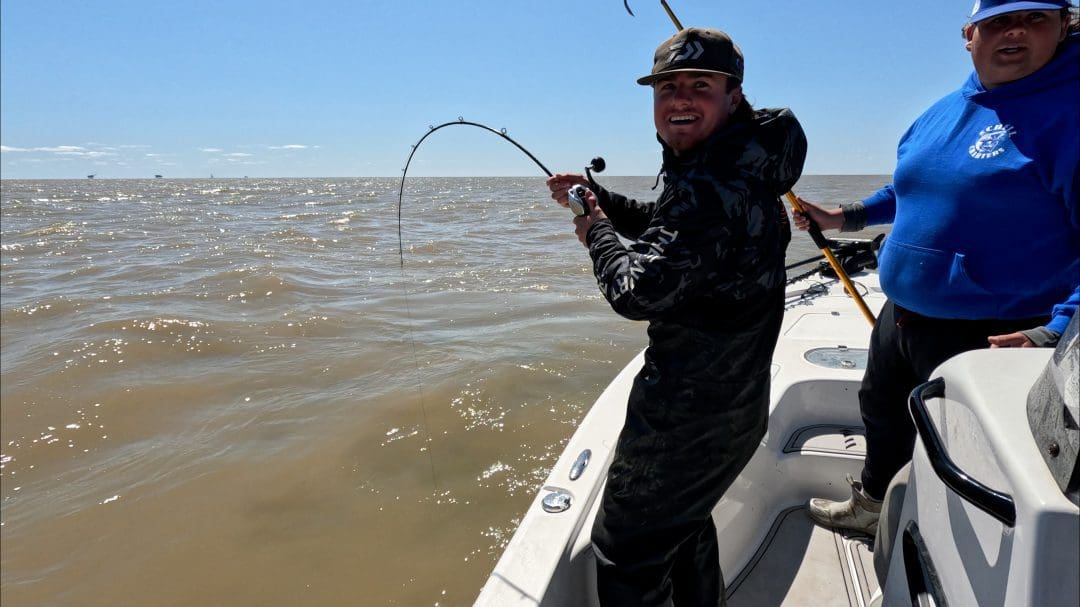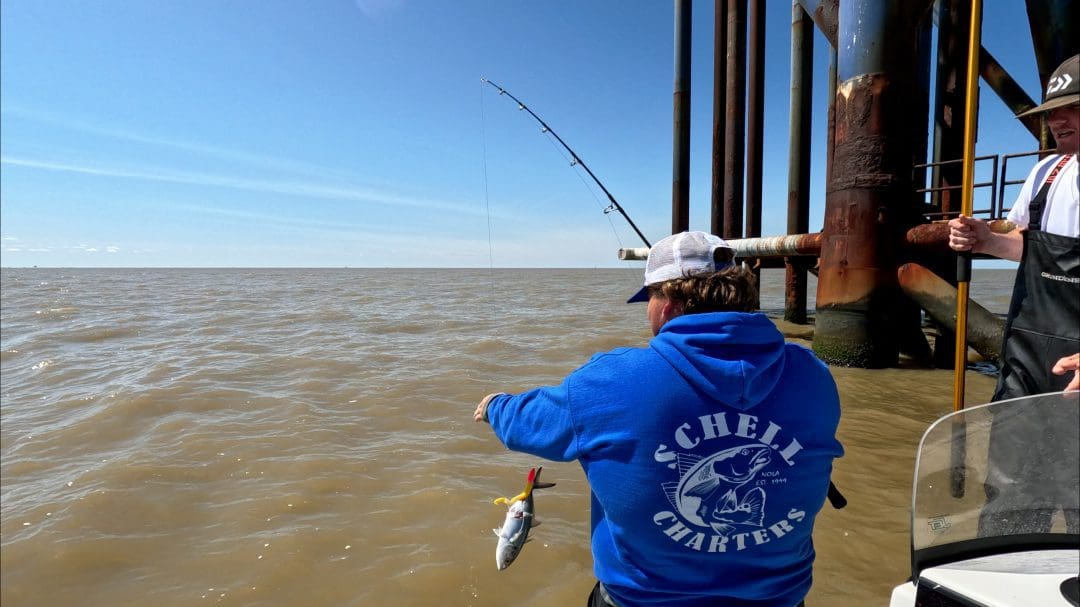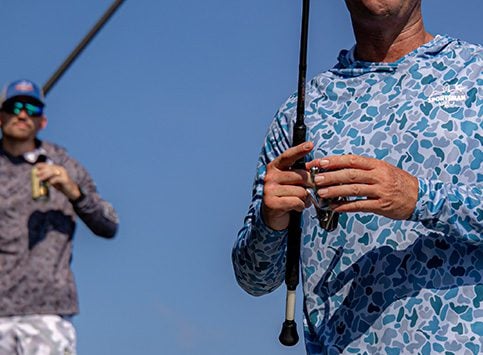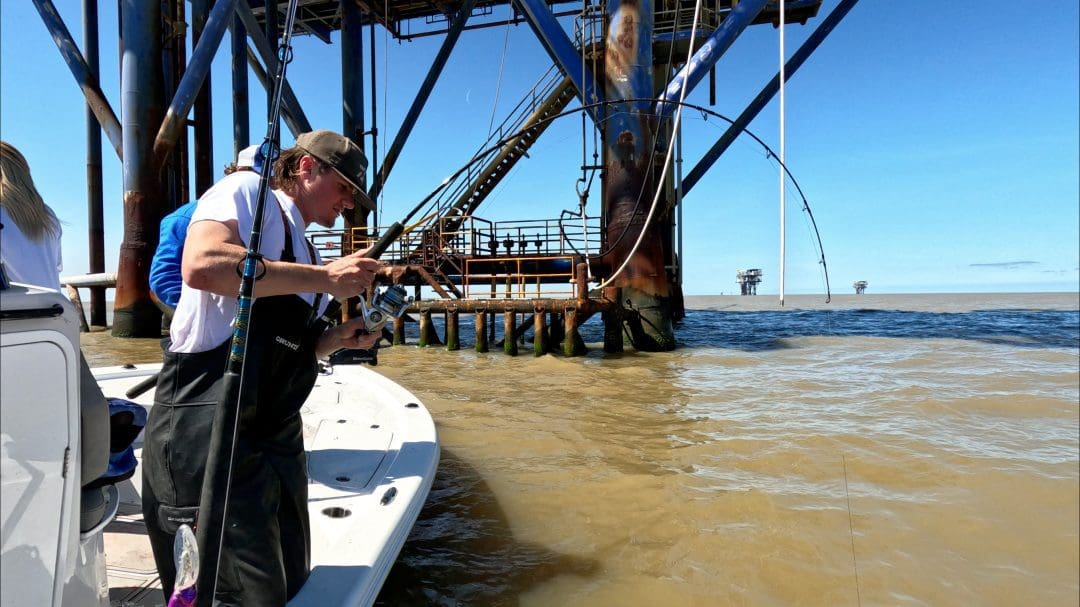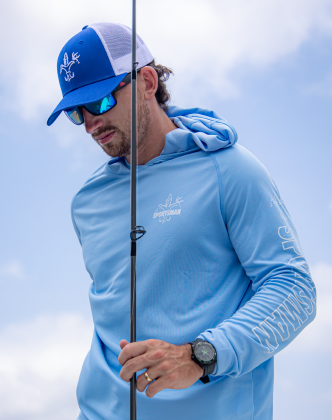Fishing Terminology and Definitions
Whether you’re an experienced angler or a beginner, our comprehensive glossary is here to help. From species and techniques to equipment and conservation, we cover it all. Enhance your fishing vocabulary and dive into the fascinating realm of angling with us today!
General Fishing Terminology
Chum:
The process of dispersing bait or fish parts into the water to attract fish.
Trolling:
A fishing technique that involves dragging bait or lures behind a moving boat to entice fish.
Jigging:
A fishing technique that involves jerking or bouncing a weighted lure up and down in the water to attract fish.
Subscribe Today
Begin to unlock a world of fishing opportunities
. Whether you’re a weekend warrior or a dedicated angler, our community will inspire and empower you to reach new heights in your fishing endeavors.
With 24/7 access to high-definition videos, insider tips, and the latest news, you’ll have everything you need to conquer the Gulf and reel in the fish of a lifetime.
Live Bait:
Using live fish or other live organisms as bait to attract predatory fish.
Artificial Lure:
Man-made fishing lures designed to mimic the appearance and movement of prey to entice fish.
Bottom Fishing:
A fishing technique that involves targeting fish species that dwell near or on the bottom of the water column.
Inshore Fishing:
Fishing that takes place in shallow water near the shoreline or in estuaries, targeting species that inhabit these areas.
Offshore Fishing:
Fishing that takes place in deeper waters farther away from the shoreline, targeting pelagic and large game fish.
Backcountry Fishing:
Fishing in secluded and often shallow waters, such as mangroves, marshes, or flats, often accessed by small boats or kayaks.
Drift Fishing:
A technique where the boat is allowed to drift naturally with the current, while fishing lines are casted or trolled along the drift path.
Charters:
Fishing trips led by experienced captains and guides who provide the necessary equipment, boat, and knowledge to help anglers catch fish.
Catch and Release:
A conservation practice where caught fish are safely released back into the water to promote sustainability and preserve fish populations.
Fish Finder:
An electronic device that uses sonar technology to locate and display fish and underwater structures.
Tackle:
Equipment and gear used for fishing, including rods, reels, lines, hooks, lures, and other accessories.
Knots:
Various types of knots used to secure fishing lines, attach hooks, connect leaders, or tie lures, such as the Palomar knot or the improved clinch knot.
Drag:
The adjustable resistance on a fishing reel that allows line to be released under pressure when a fish pulls.
Chumming:
The act of dispersing ground-up or chopped bait into the water to create a scent trail and attract fish.
Leader:
A separate section of heavier, more durable line or wire used to connect the main line to the hook or lure, providing increased abrasion resistance and preventing bite-offs.
High-Vis Line:
Fishing line that is brightly colored, making it easier to detect subtle movements or bites.
Tides:
The periodic rise and fall of the ocean’s water level caused by the gravitational pull of the moon and the sun, affecting fish behavior and feeding patterns.
Bag Limit:
The maximum number of fish that an angler is legally allowed to keep or possess in a specific area or within a specified time period.
Fishery Regulations:
Rules and regulations set by governing bodies to manage and conserve fish populations, including size limits, catch limits, and closed seasons.
Fillet:
The process of removing the meat from a fish, typically done by cutting along the bone structure.
Conservation:
The practice of responsibly managing and preserving fish populations and their habitats to ensure their long-term sustainability.
Saltwater Fish Species
Red Snapper:
A popular saltwater fish known for its reddish color and delicious taste. It is commonly targeted by anglers in the Gulf of Mexico.
Speckled Trout:
Also known as “Spotted Seatrout,” this species is prized for its fighting ability and is a popular target for Gulf Coast anglers.
Redfish:
A game fish also known as “Red Drum.” It is known for its bronze or reddish color and is highly sought after for its strong fight.
Flounder:
A flatfish species that inhabits the Gulf of Mexico. It has both eyes on one side of its body and is known for its excellent flavor.
Tarpon:
A large and powerful fish that is famous for its acrobatic leaps when hooked. Tarpon is highly prized among saltwater anglers for its challenging fight.
King Mackerel:
A fast and aggressive fish that is commonly targeted by anglers in the Gulf of Mexico. It is known for its speed and razor-sharp teeth.
Grouper:
A family of fish species that includes several varieties found in the Gulf of Mexico. Groupers are known for their size and strength, making them a popular catch.
Mahi-Mahi (Dorado):
A colorful and highly migratory fish that is known for its vibrant blue, green, and yellow colors. Mahi-Mahi is prized for its acrobatic leaps and excellent taste.
Cobia:
A popular game fish with a long, slim body and a dark brown color. Cobia is known for its strength and is often found around structures such as buoys and wrecks.
Amberjack:
A powerful and aggressive fish that is commonly found near wrecks, reefs, and oil platforms. Amberjacks are known for their hard fights and high endurance.
Spanish Mackerel:
A smaller species of mackerel that is known for its speed and schooling behavior. It is a popular target for anglers using light tackle.
Sheepshead:
A species with prominent teeth and black vertical stripes on its body. Sheepshead are often found around structures and are known for their tricky biting behavior.
Black Drum:
A drum species that can grow to impressive sizes. Black Drum are often found in estuaries and nearshore waters and are known for their strong fight.
Yellowfin Tuna:
A highly prized and powerful fish found in the Gulf of Mexico. Yellowfin Tuna are known for their speed, endurance, and delicious meat.
Wahoo:
A fast and aggressive pelagic fish that is highly sought after by anglers. Wahoo are known for their streamlined body, sharp teeth, and rapid swimming ability.
Pompano:
A popular game fish with a deep, compressed body and silver color. Pompano are known for their excellent taste and are often targeted by surf anglers.
Tripletail:
A unique fish species that can often be found floating near structure, such as buoys or weed lines. Tripletail are known for their camouflaging ability and delicious meat.
Snook:
A popular inshore game fish with a distinctive black lateral line running down its body. Snook are known for their aggressive strikes and strong fighting abilities.
Blackfin Tuna:
A species of tuna found in the Gulf of Mexico known for its sleek, streamlined body and dark coloration. Blackfin Tuna are highly prized by anglers for their fast runs and excellent taste.
Blue Marlin:
A highly prized and powerful billfish species found in offshore waters. Blue Marlin are known for their size, strength, and spectacular jumps.
Sailfish:
A fast and acrobatic billfish species that is sought after by sport fishermen. Sailfish are known for their large dorsal fin, long bill, and vibrant colors.
Permit:
A popular saltwater game fish that is known for its challenging fight and selective feeding habits. Permit are often found near flats and wrecks.
Jack Crevalle:
A powerful and aggressive fish that is known for its hard strikes and strong fighting ability. Jack Crevalle are often found in schools and can be caught using various techniques.
Mangrove Snapper:
A species of snapper commonly found in mangrove areas and around structures. Mangrove Snapper are known for their wary nature and excellent taste.
Blacktip Shark:
A shark species known for its distinctive black-tipped fins.
Blacktip Sharks are often found in coastal waters and can provide thrilling battles for anglers.
Sharks:
Various species of sharks can be found in the Gulf of Mexico.
Sharks range from smaller species like blacktip sharks to larger species like bull sharks and hammerheads.
Tuna Tower:
A raised platform on a boat that provides an elevated view for spotting Blackfin Tuna schools, allowing anglers to locate feeding or active fish.
What are the most common species of fish to catch in the Gulf of Mexico?
Some of the most common fish species include Red Snapper, King Mackerel, Speckled Trout, Red Drum (Redfish), Black Drum, Flounder, and Tarpon.
What’s the best time of year to fish in the Gulf of Mexico?
While fishing can be good year-round in the Gulf, peak seasons vary by species.
For instance, Red Snapper season is usually summer (June-August), whereas King Mackerel and Tarpon are often most abundant in the spring and fall.
What’s the legal size and bag limit for Red Snapper?
Regulations can change annually, so it’s crucial to check the most current regulations from the Gulf of Mexico Fishery Management Council or your state’s wildlife department.
the minimum size limit for Red Snapper is 16 inches total length, with a bag limit of 2 per person per day during the open season.
Do I need a fishing license to fish in the Gulf of Mexico?
Yes, a fishing license is required.
The type of license needed may vary depending on whether you’re fishing from shore or a boat and which state waters you’re fishing in.
Non-residents may need a different license.
What type of bait should I use for saltwater fishing in the Gulf?
Live bait like shrimp, squid, or small fish like pinfish and croakers are often successful.
Artificial lures can also be effective, depending on the target species.
What’s the best way to locate fish in the Gulf of Mexico?
Look for structure like reefs or shipwrecks, where many species tend to congregate.
Follow birds or fish activity on the surface.
Using a good quality fish finder can also be a significant help.
How do I set up my tackle for saltwater fishing in the Gulf?
This depends on your target species, but a medium to heavy rod and reel combo with 15-30 lb test line is a good start for many species.
Use a leader if toothy fish are expected. Bait, lure, hook size, and style should match your target.
What are some safety precautions I should take when fishing in the Gulf of Mexico?
Always check the weather forecast before heading out, wear or have readily available personal flotation devices, have a working VHF radio for emergencies, and communicate to someone your fishing plans and estimated return time.
Sunscreen, hydration, and first aid supplies are also important items.
Can I eat all the fish I catch in the Gulf of Mexico?
Many species are safe to eat, but it’s important to stay updated on any consumption advisories due to possible contamination.
Check with local wildlife agencies for the most accurate and current information.
How can I ensure I’m practicing sustainable fishing in the Gulf of Mexico?
Follow all regulations regarding size and bag limits, seasons, and gear restrictions.
Practice catch and release for species not intended for eating.
Use circle hooks to reduce harm to released fish.
Don’t leave trash or line in the water.
Participate in reef fish reporting if applicable.
What’s the best technique for catching Tarpon in the Gulf of Mexico?
Tarpon are often caught using live bait (like crabs or mullet) or artificial lures.
Sight casting to rolling Tarpon in clear water is a popular technique.
Patience and persistence are key as Tarpon are strong fighters and can be challenging to hook.
Is spearfishing allowed in the Gulf of Mexico?
Yes, spearfishing is allowed for certain species and in specific areas, but not in all.
For instance, spearfishing is prohibited within certain distances of public beaches and in some state parks.
Always check local regulations to make sure.
How do I deal with a shark if I catch one while fishing for other species?
First, be careful.
Sharks can be dangerous, even when hooked. If you’re not specifically targeting sharks and don’t have the proper permit, you must release any you catch.
Use a dehooking tool to safely remove the hook, or cut the line as close to the hook as safely possible.
What is a common fish species in the Gulf of Mexico that’s suitable for beginner anglers?
Speckled Trout are a great species for beginners.
They are abundant, strike a variety of baits and lures, and provide a good fight without being as challenging as some larger species.
How can I prevent seasickness when going deep sea fishing in the Gulf of Mexico?
Seasickness remedies include over-the-counter medications like Dramamine, wristbands that target pressure points, and natural methods like ginger or green apples.
Staying hydrated, avoiding heavy meals before your trip, and keeping your eyes on the horizon can also help. It’s best to try a few methods and find what works for you.
Explore More

Fishing Terminology Common terminology used in reference to saltwater fish species, fishing gear, equipment and tackle
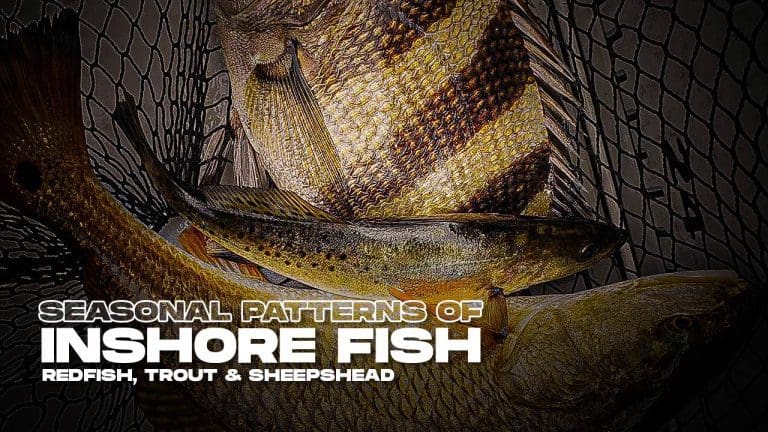
Seasonal Patterns of Inshore Fish Explore the seasonal patterns of a few of the most common inshore fishing species…
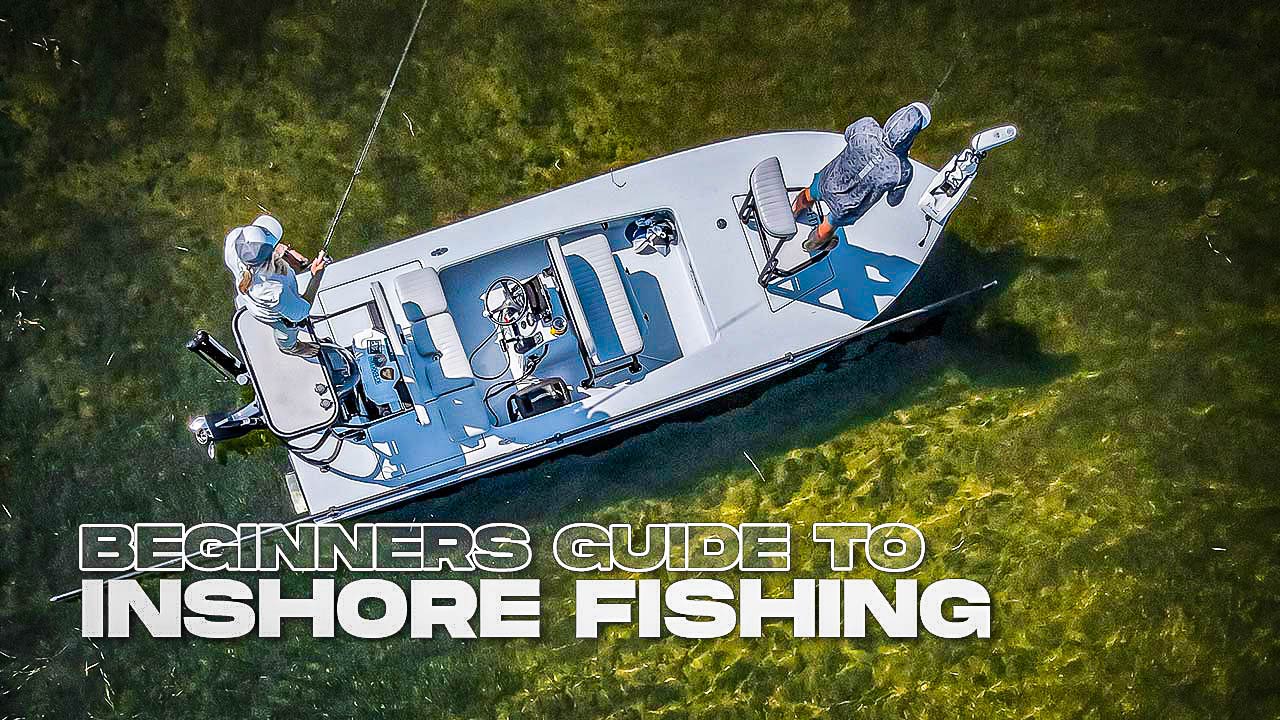
Beginners Guide to Inshore Fishing Looking to explore inshore saltwater fishing? We've compiled a few of the basics that…

